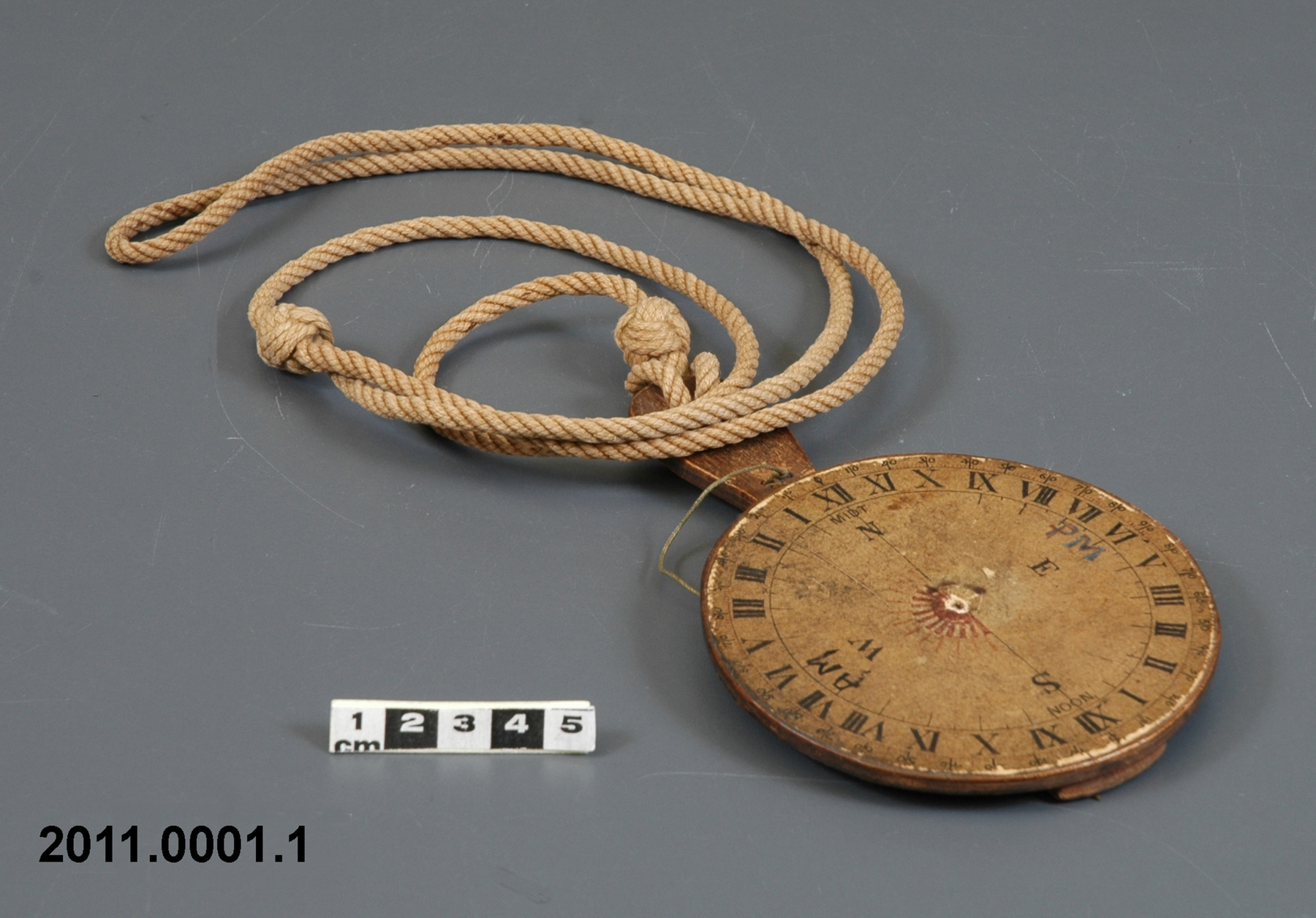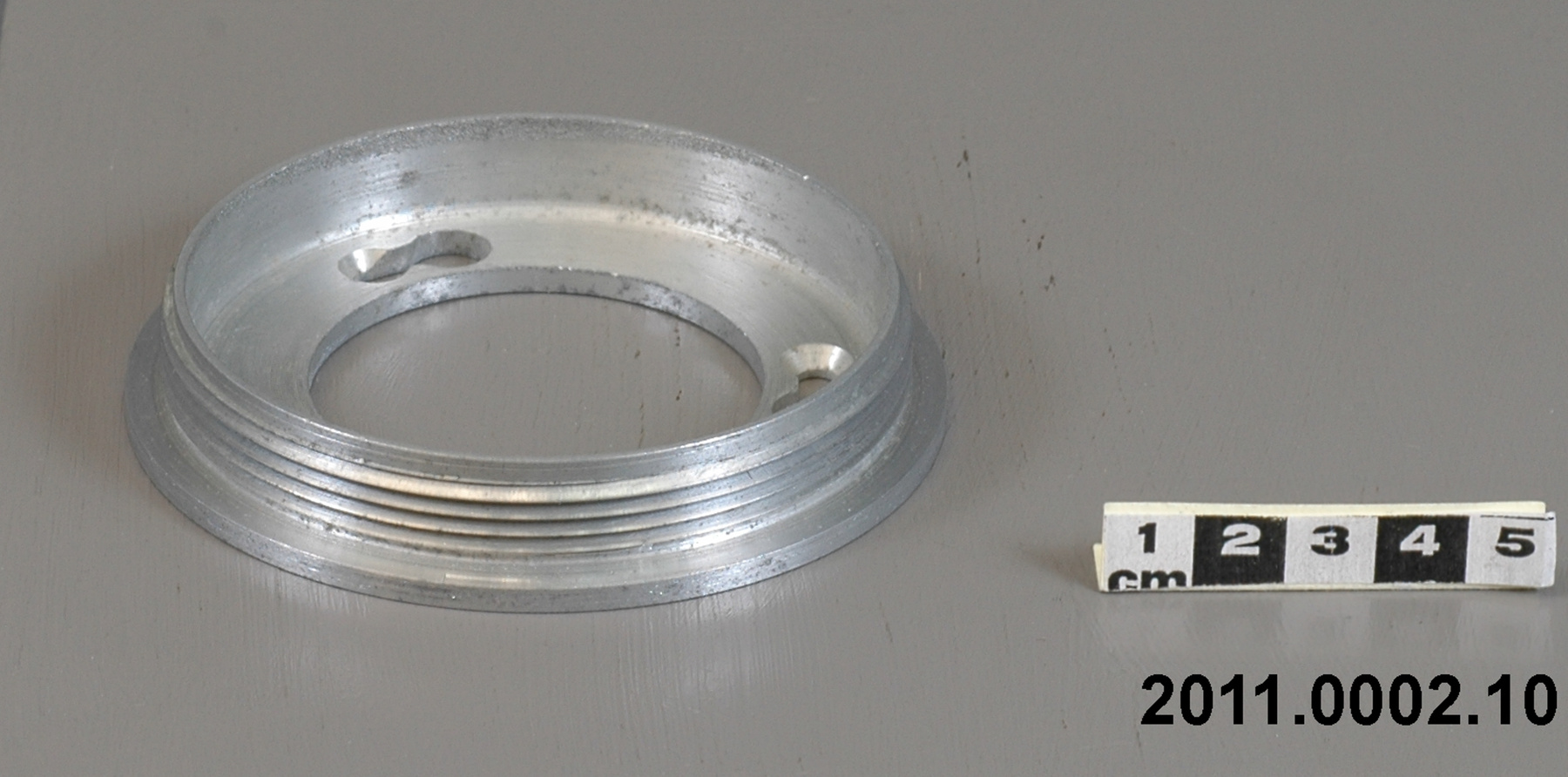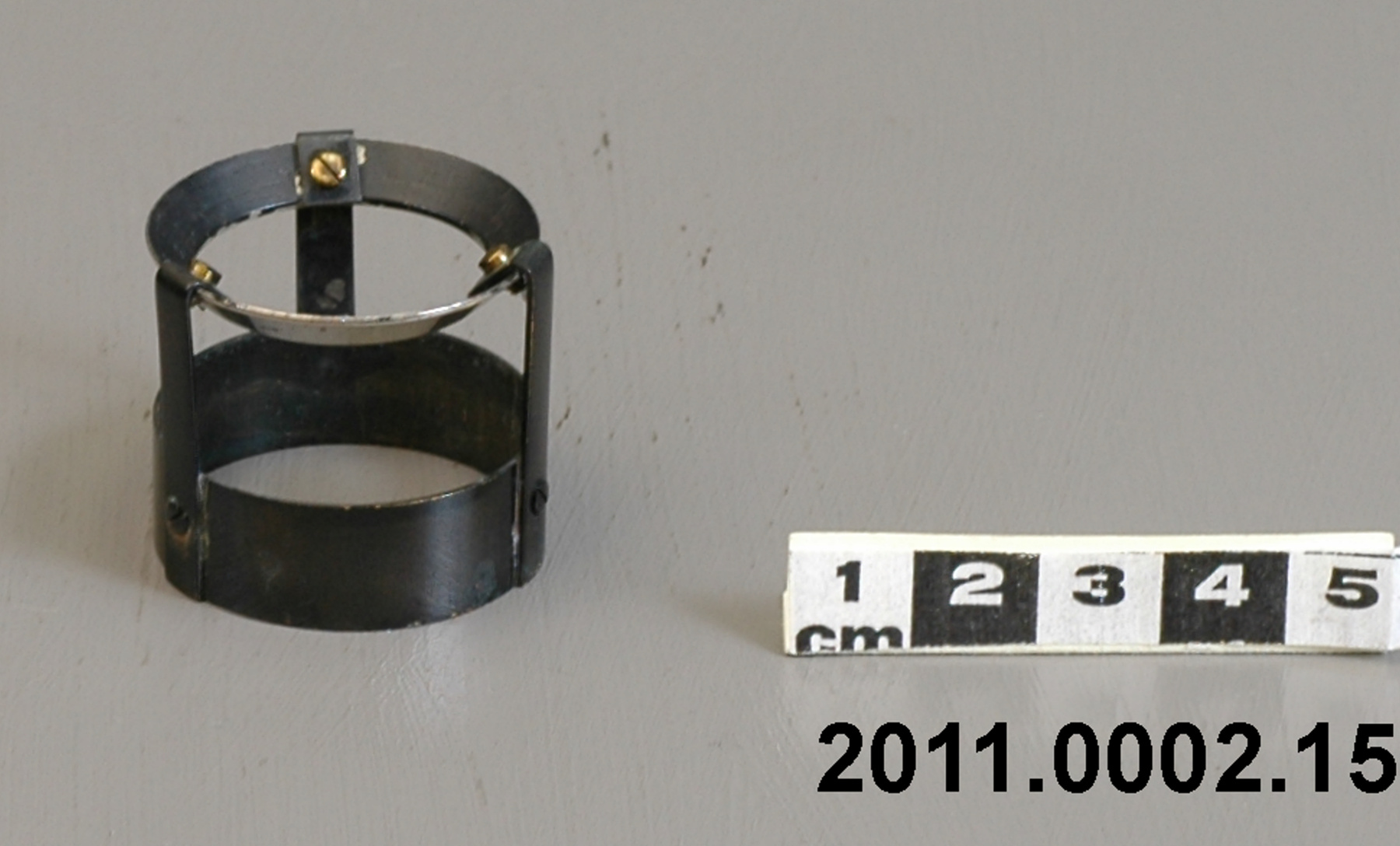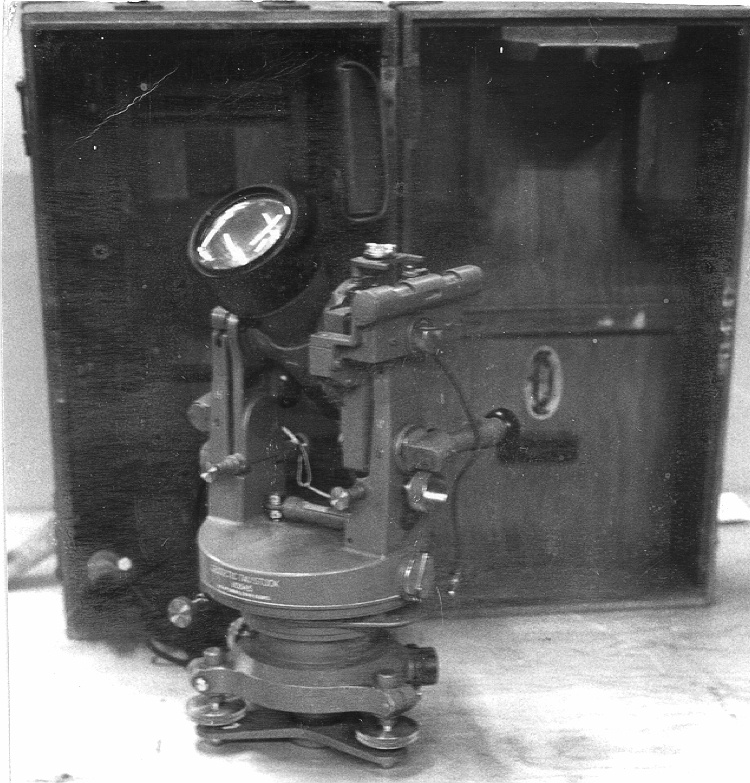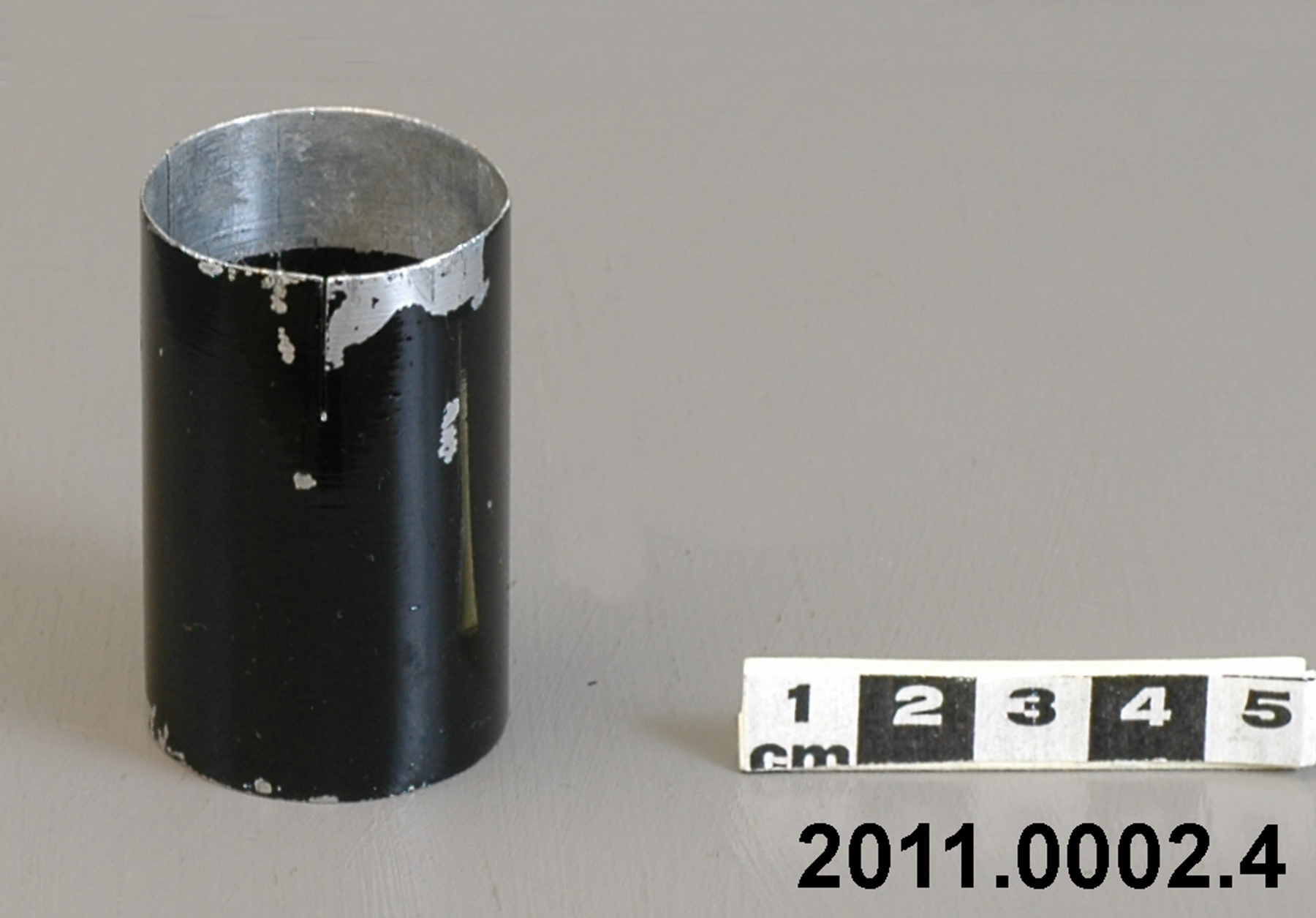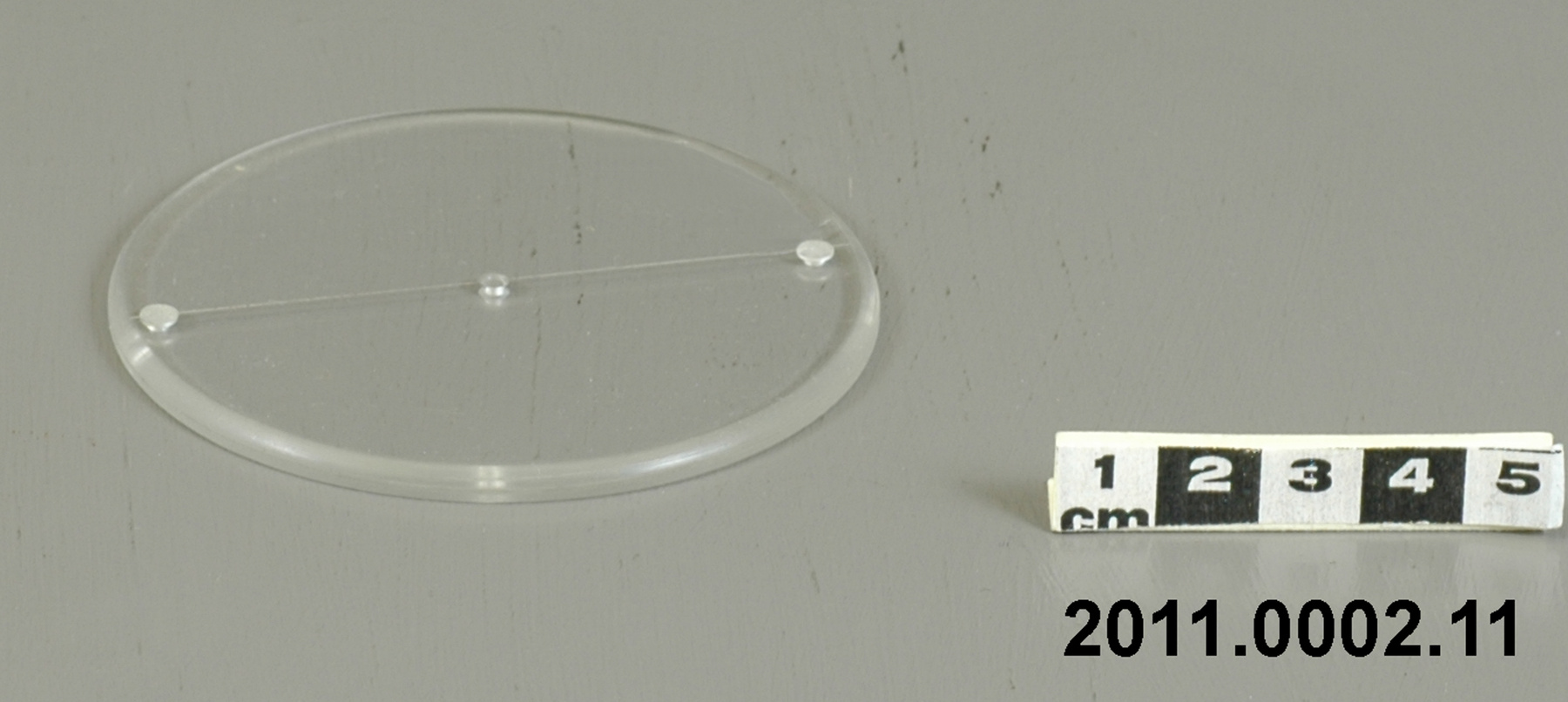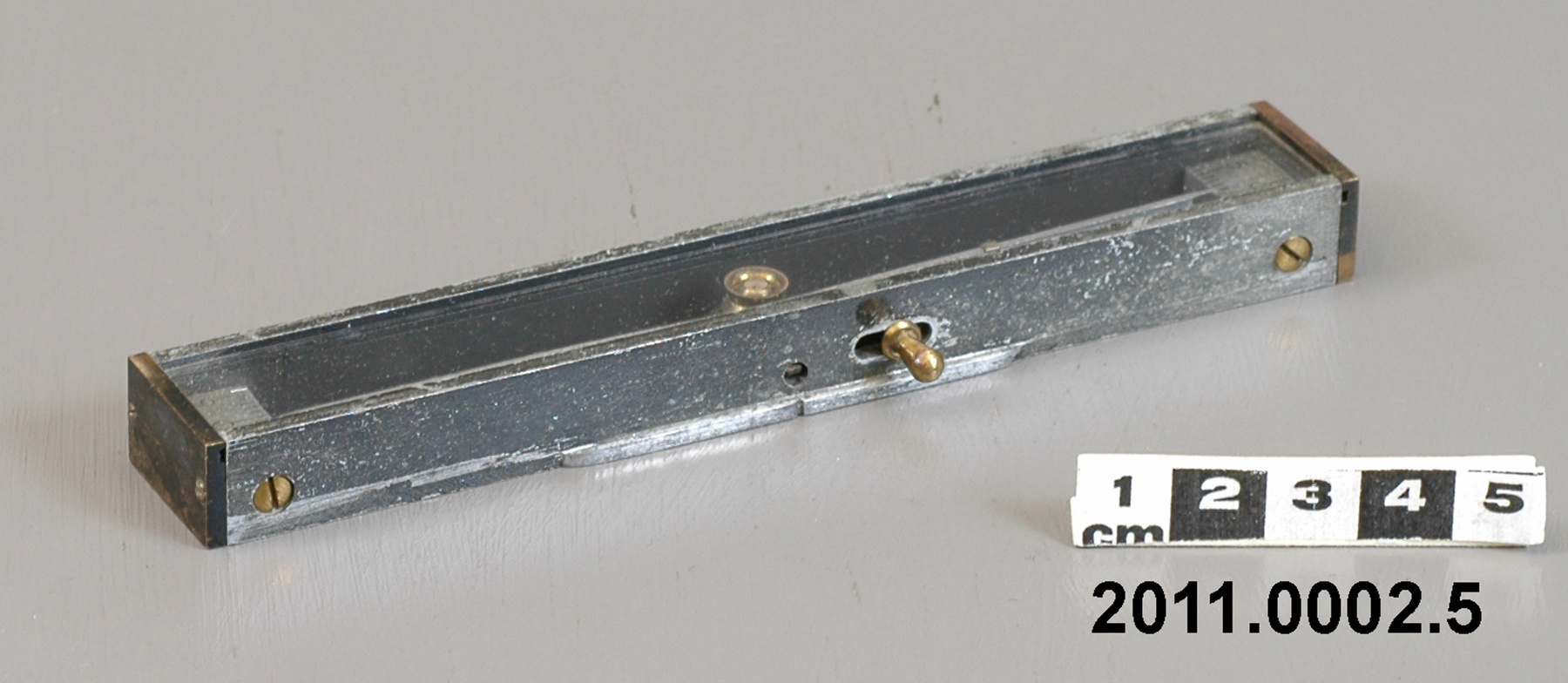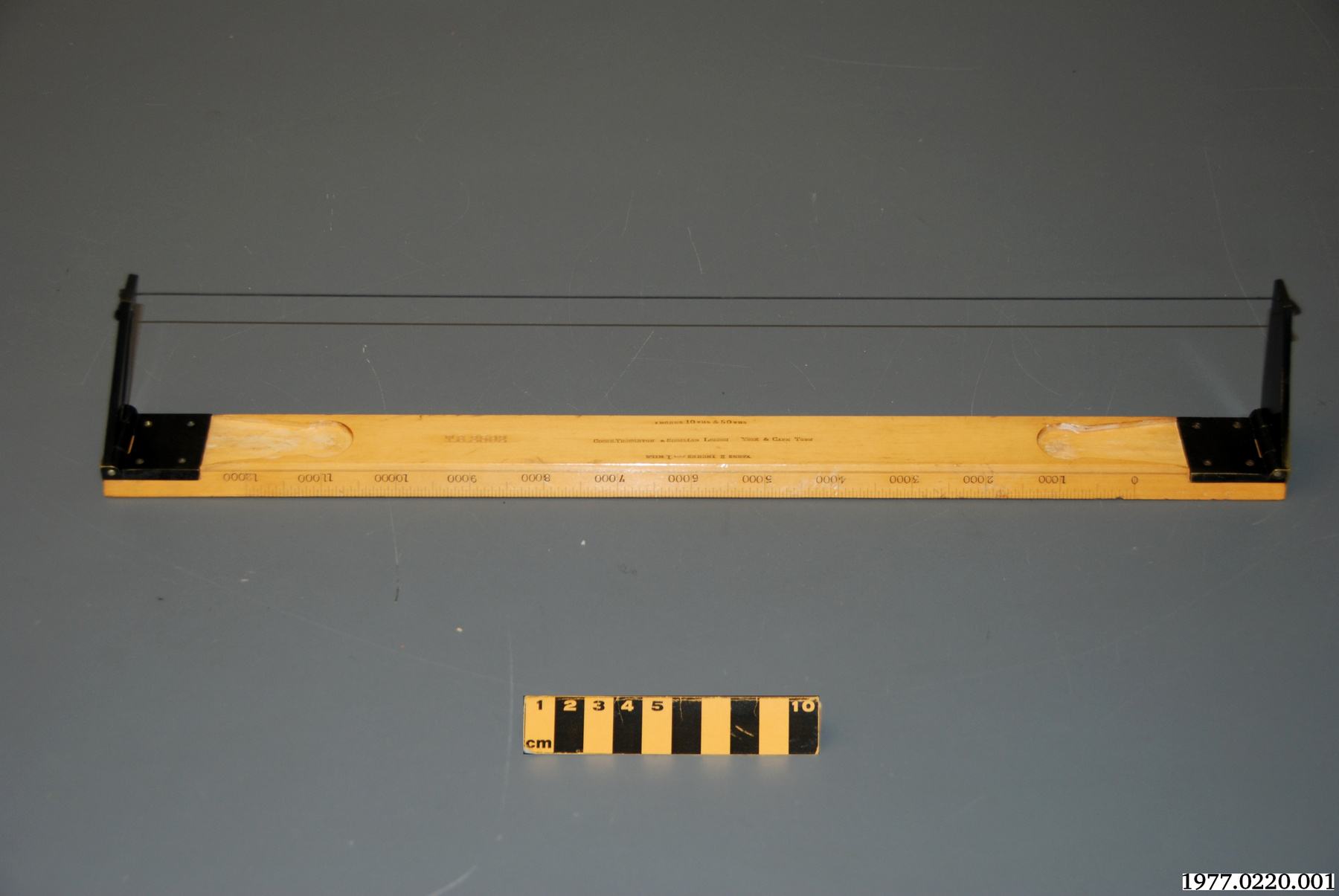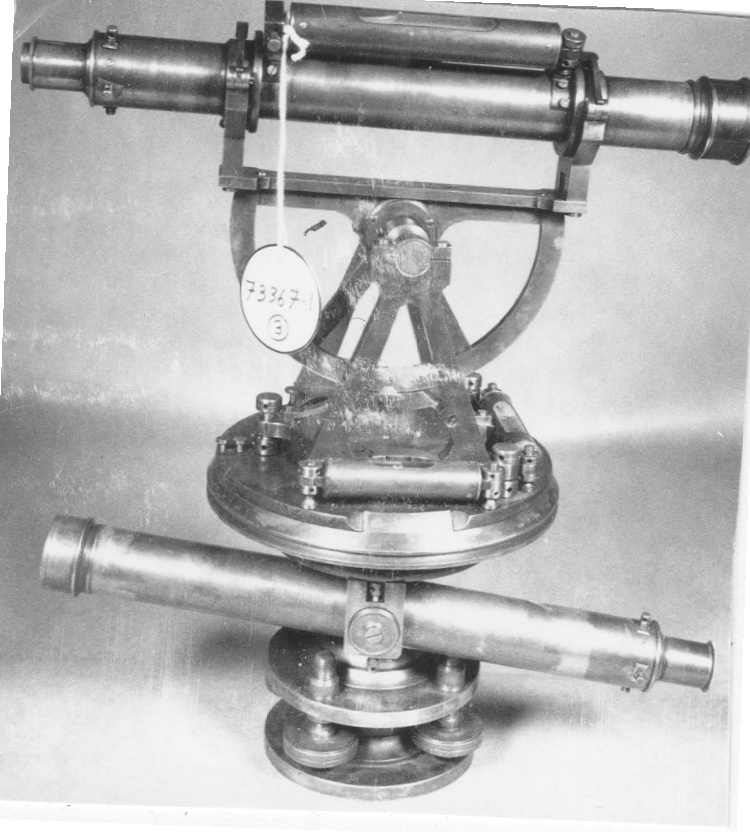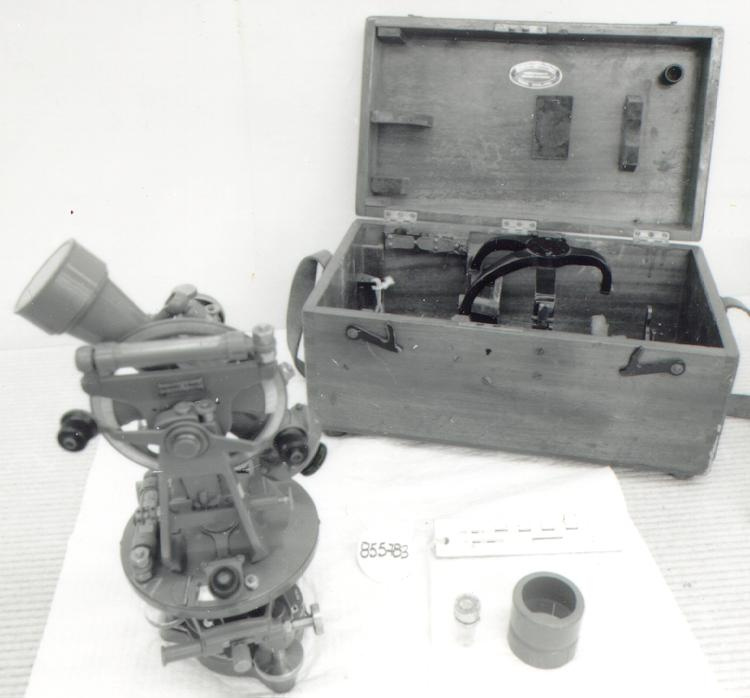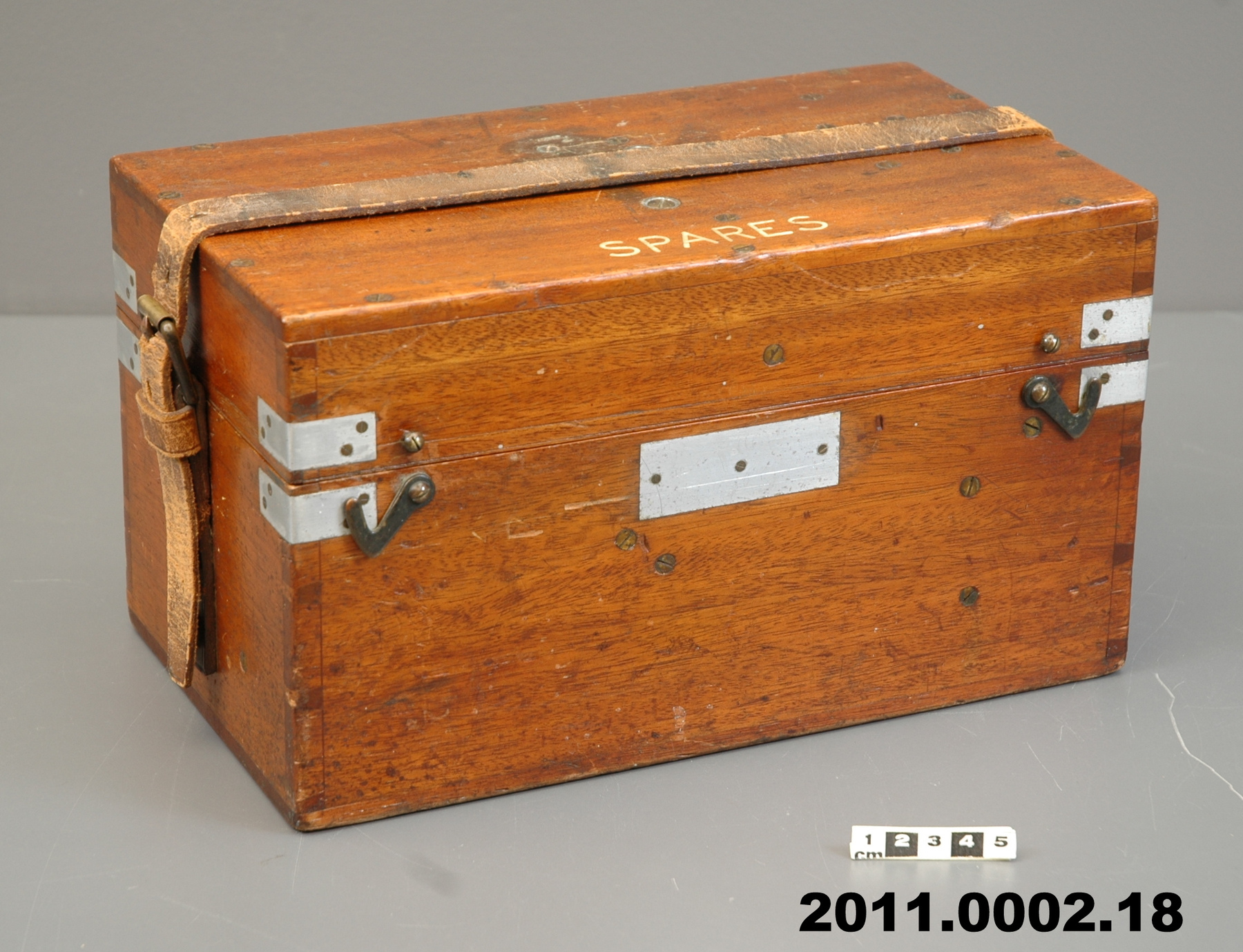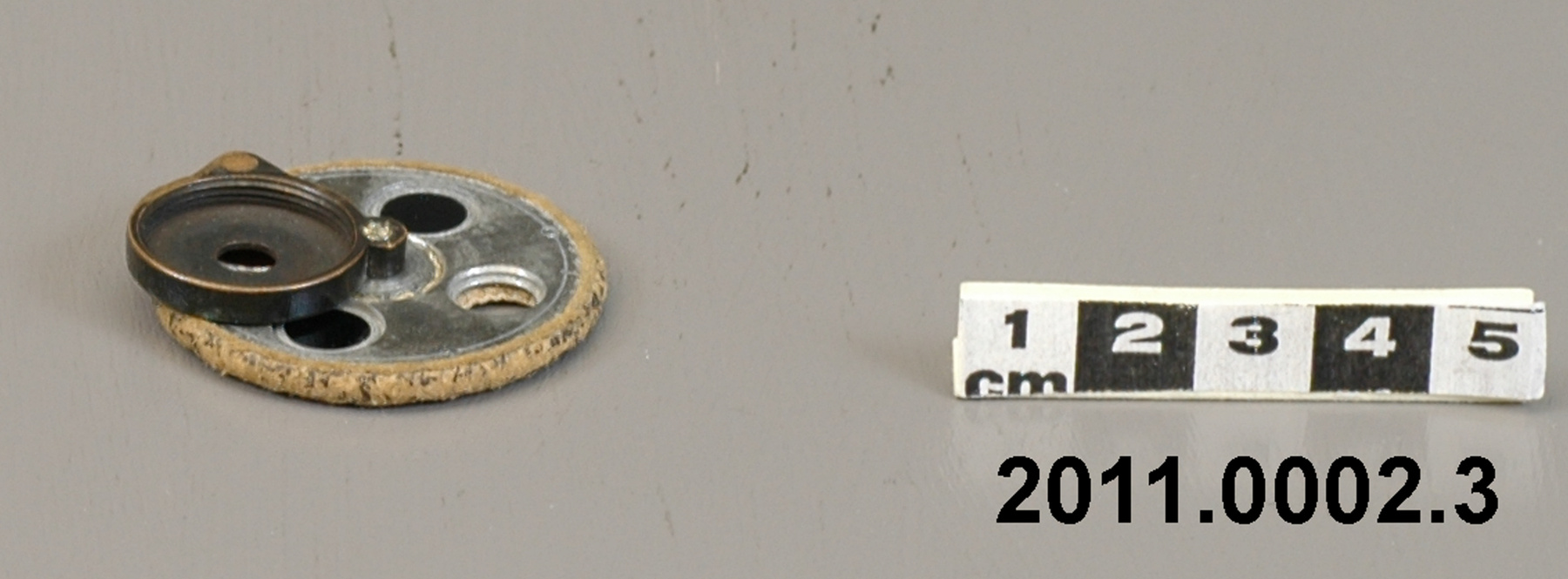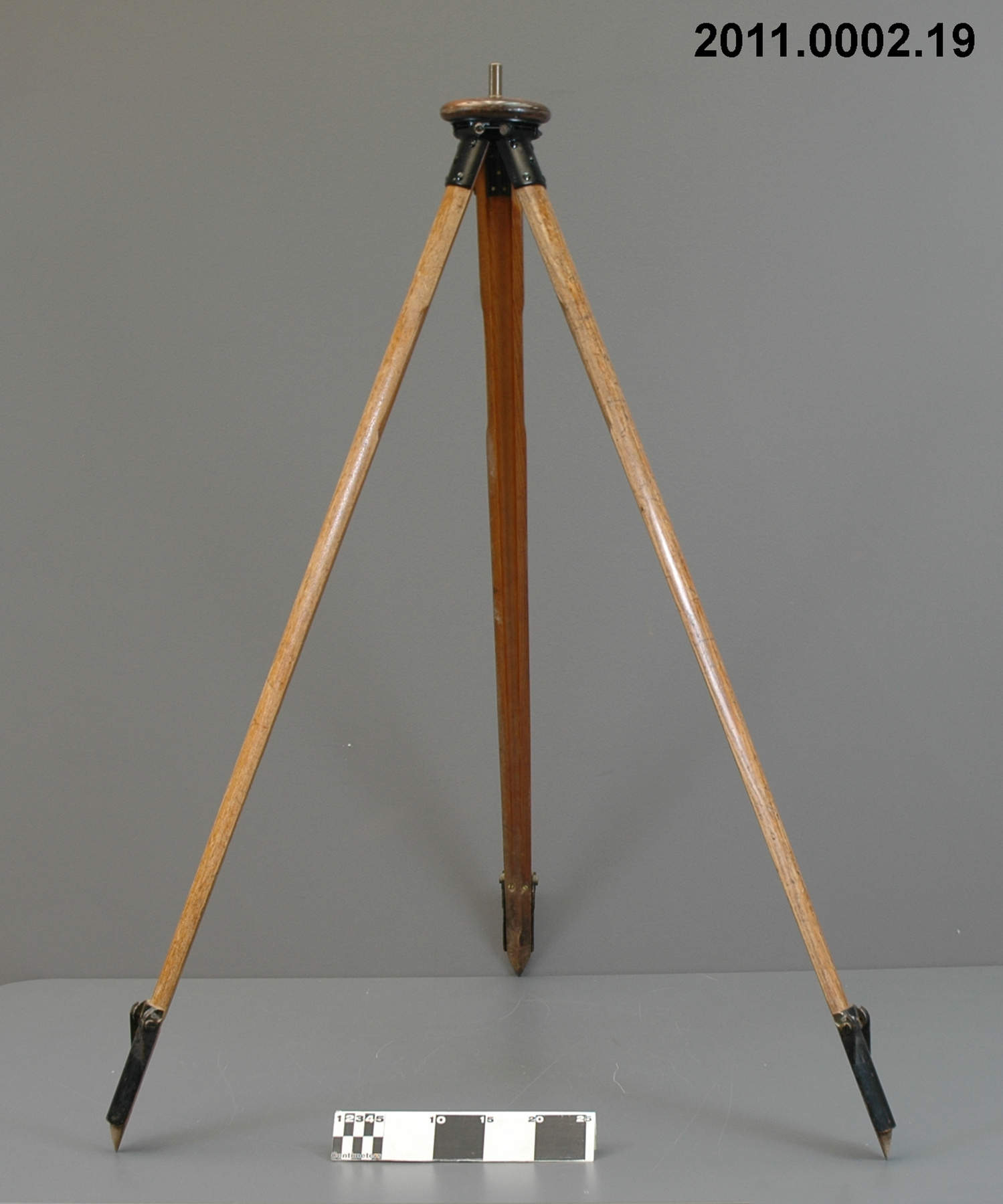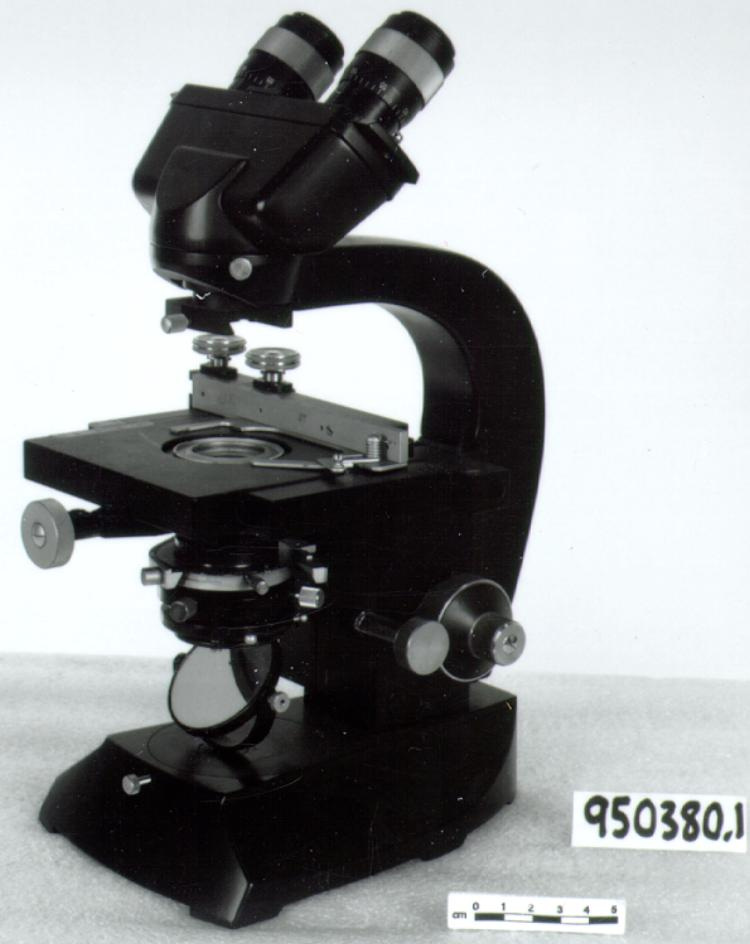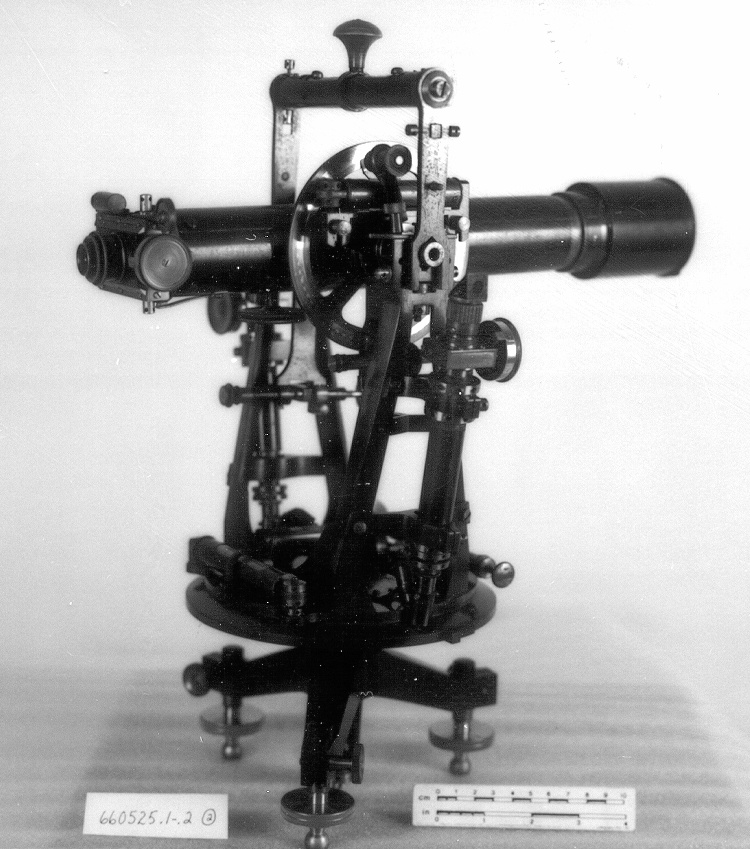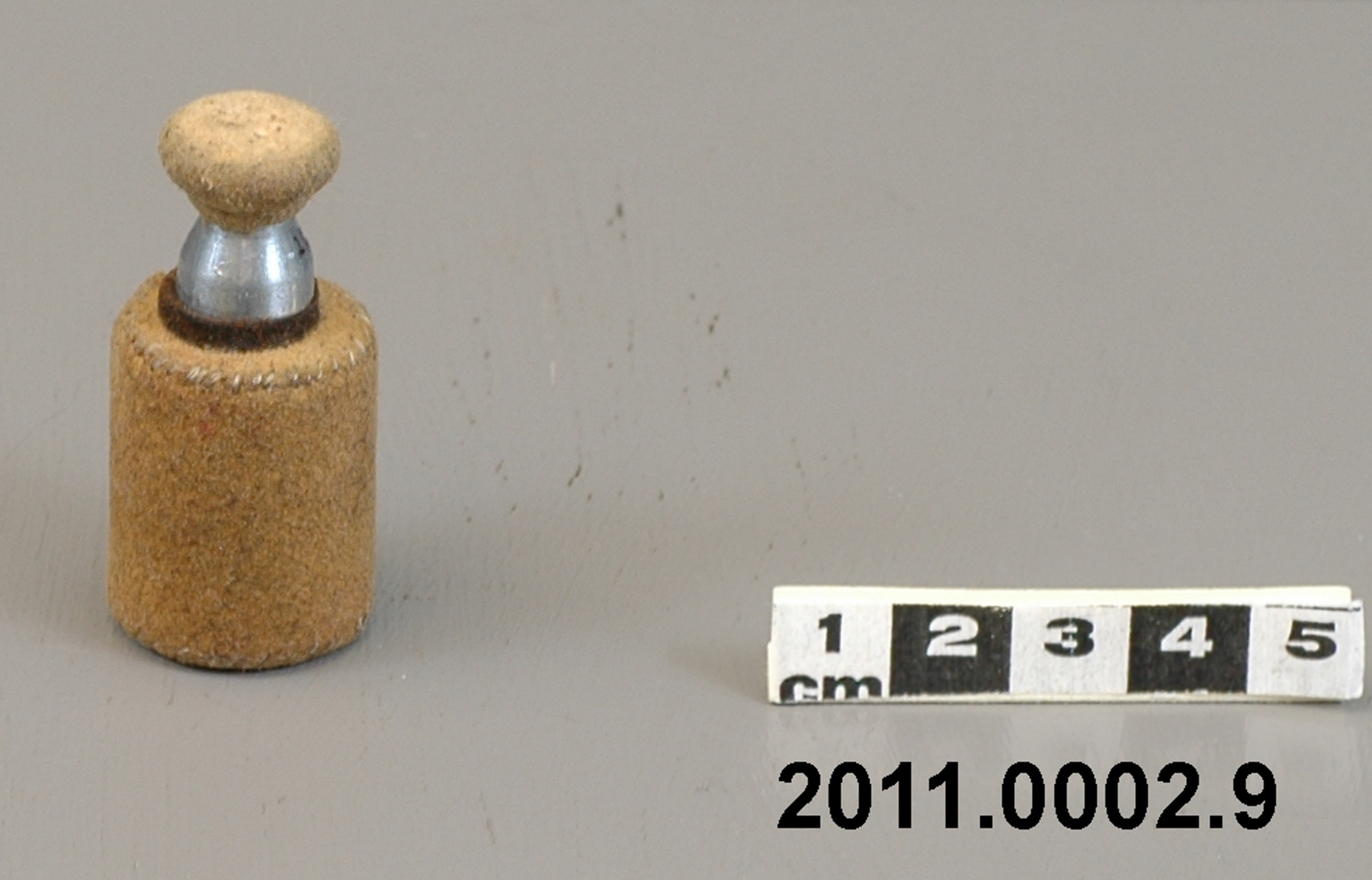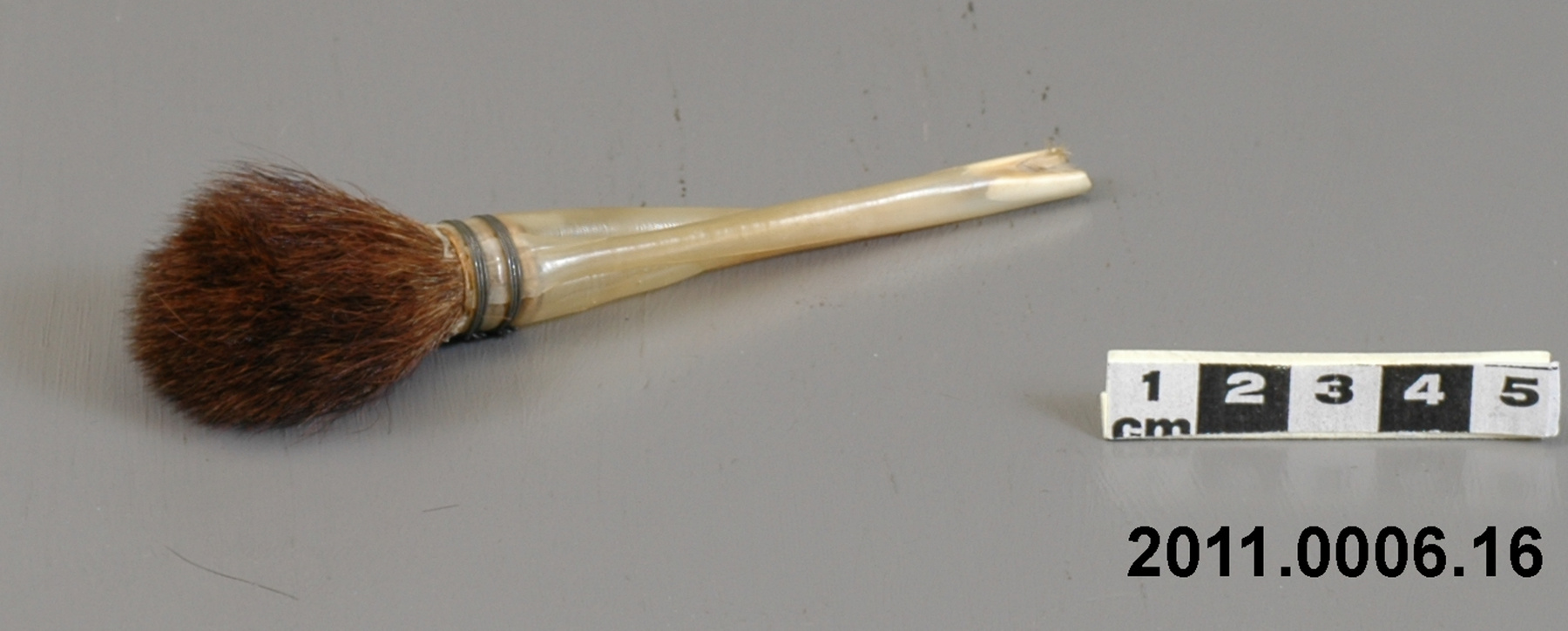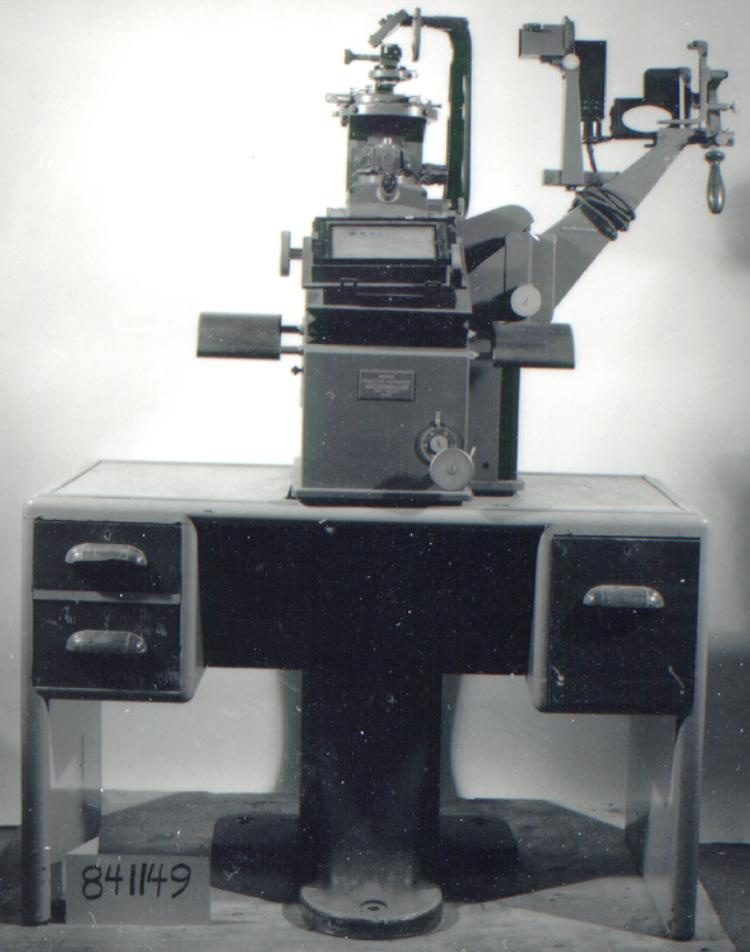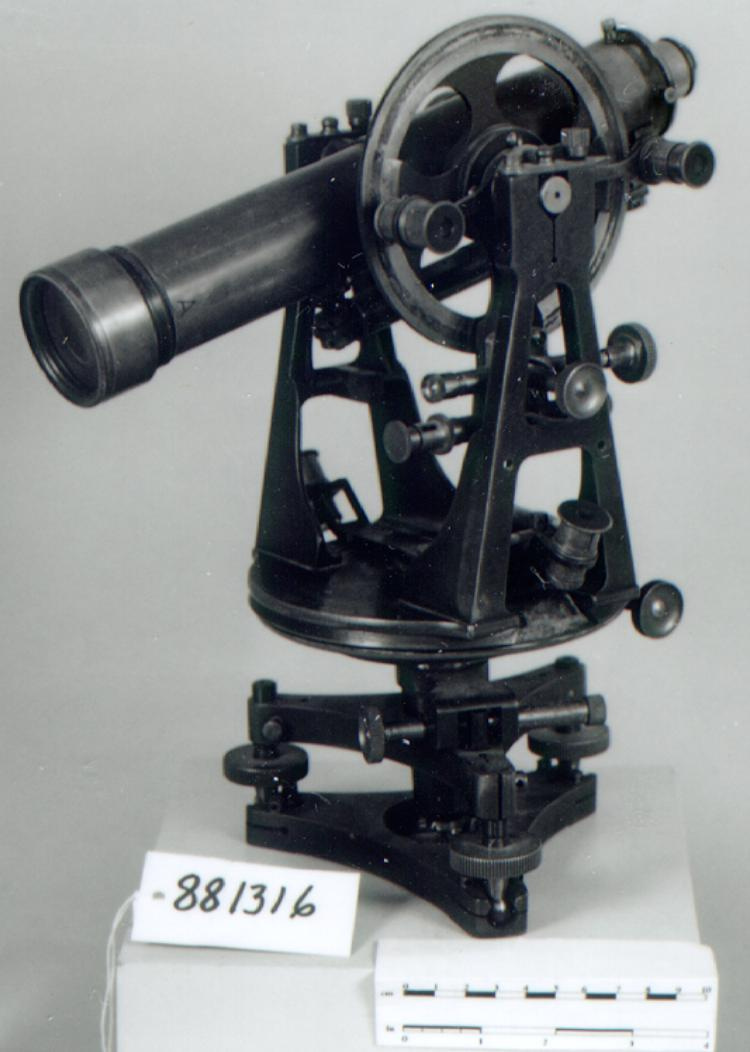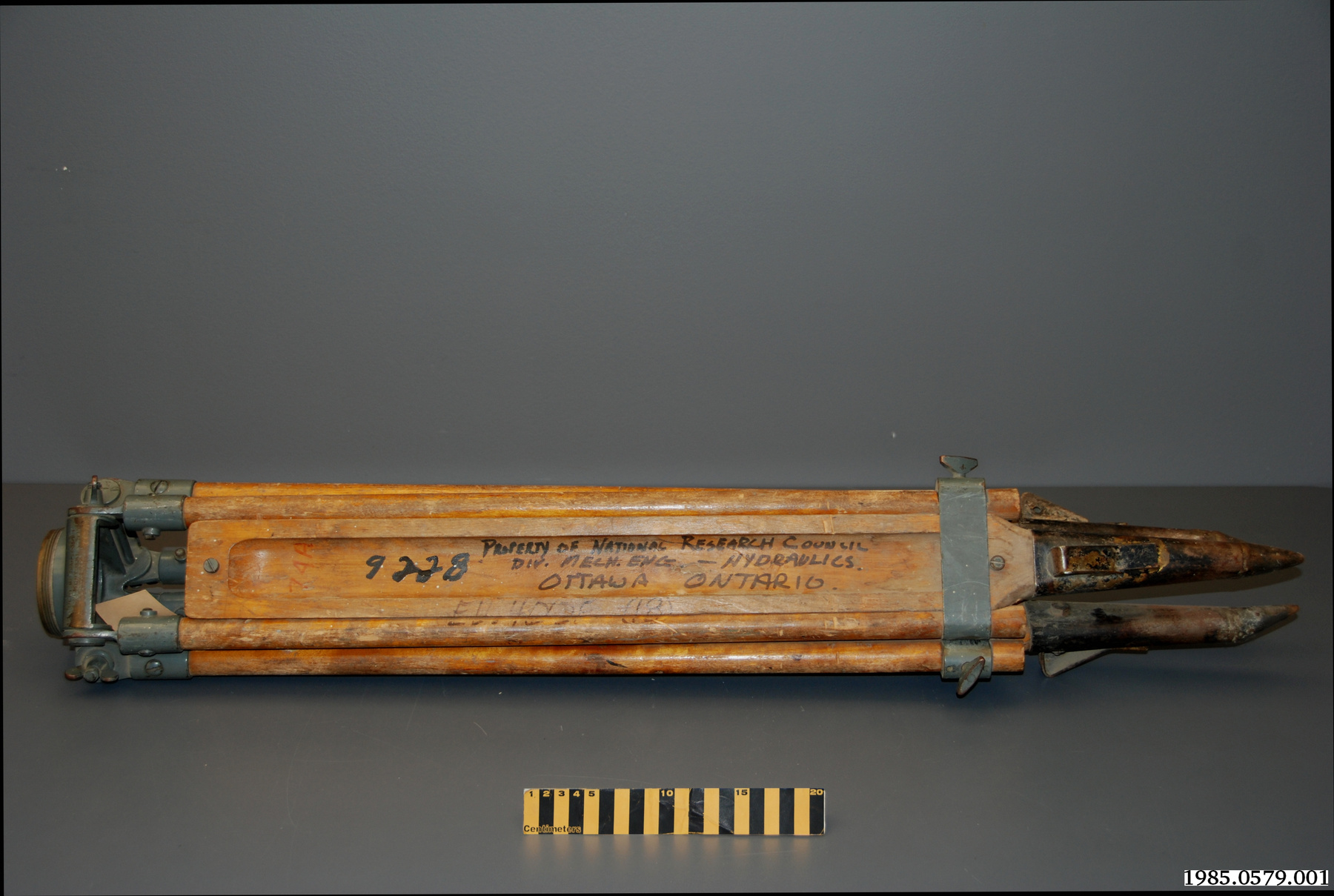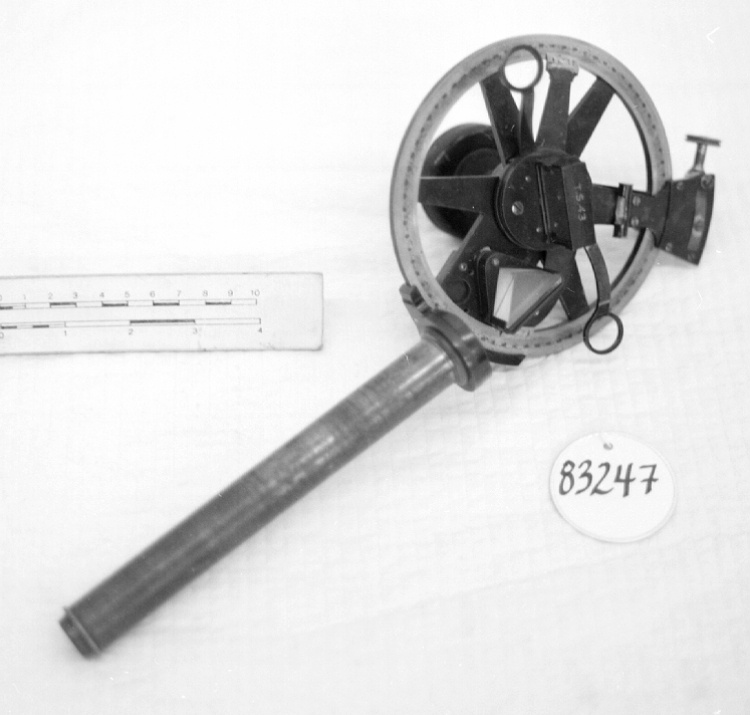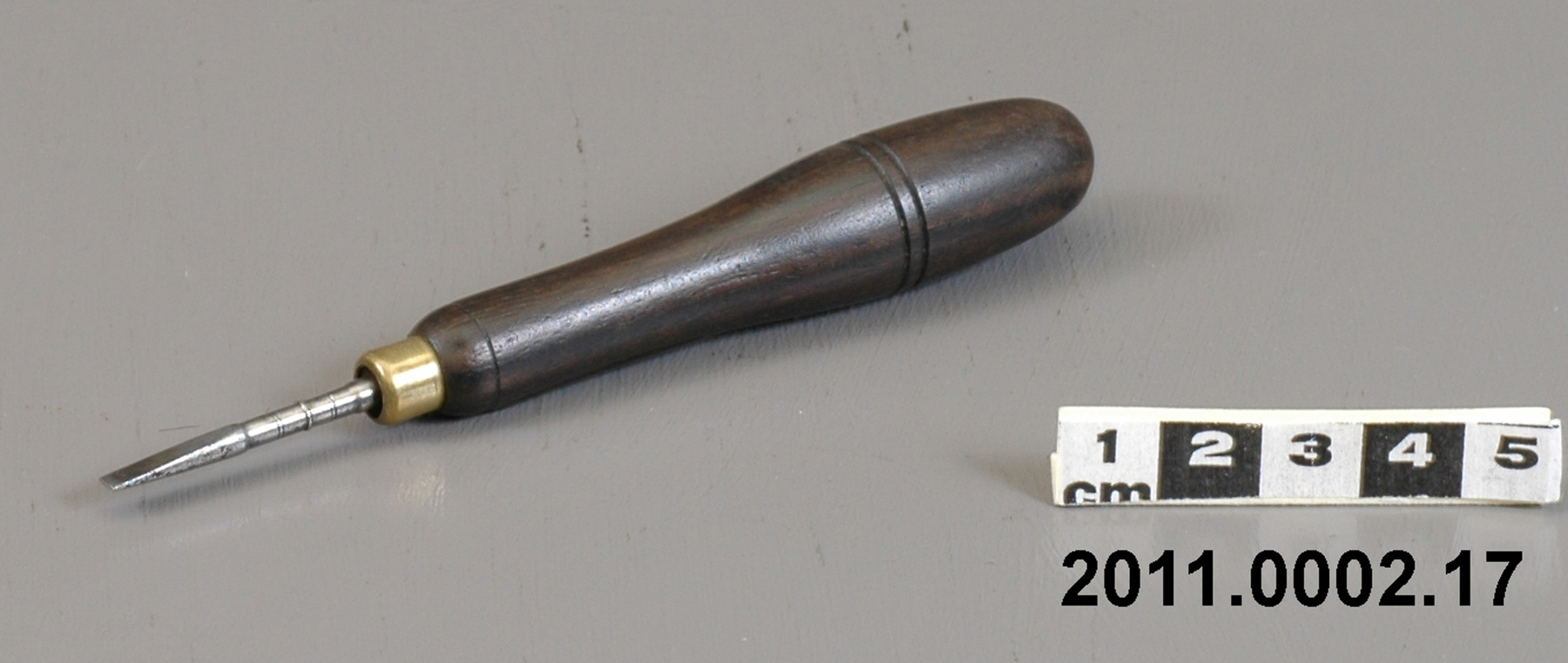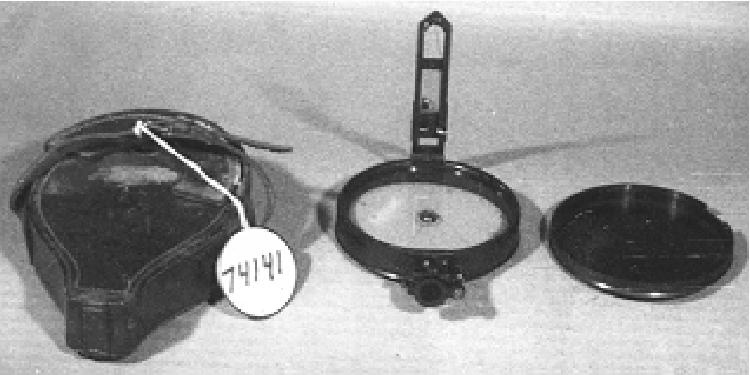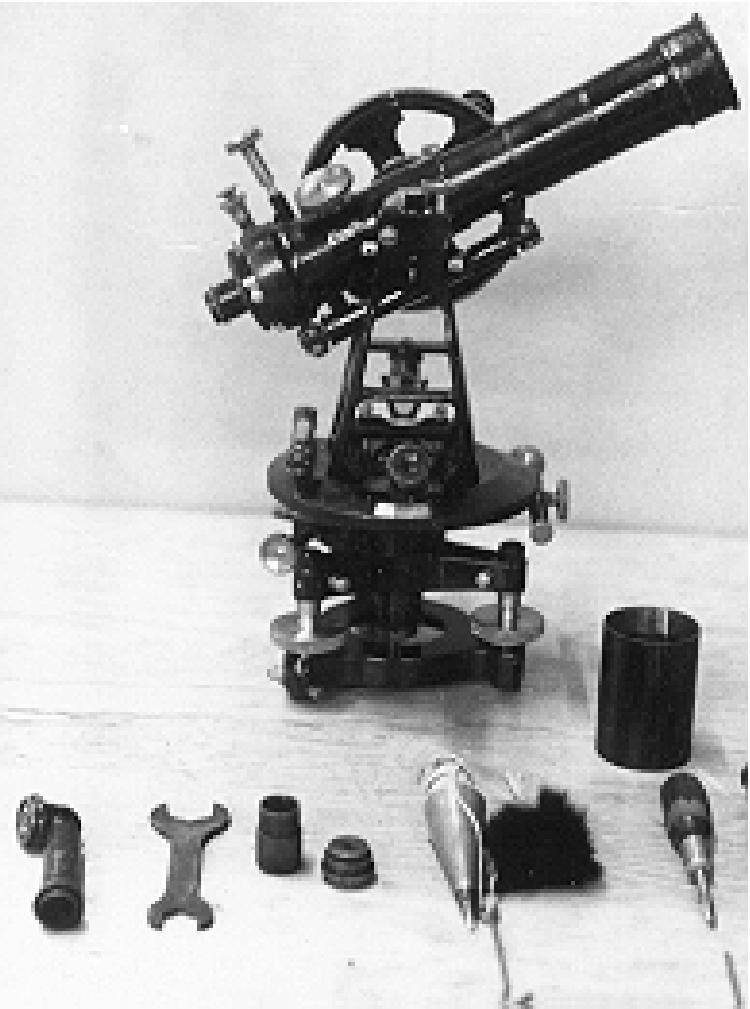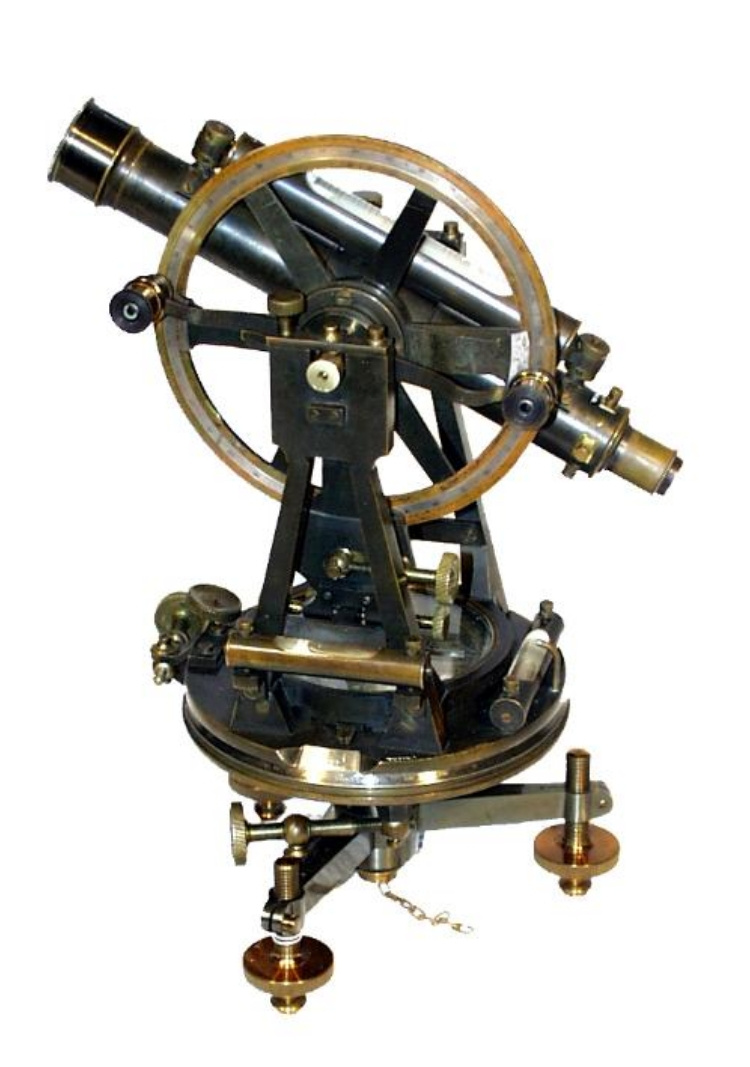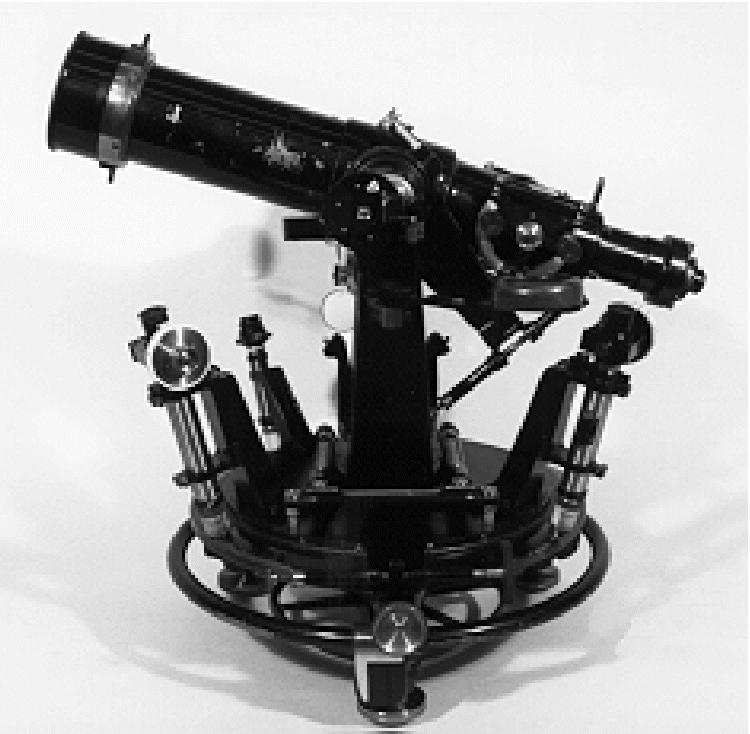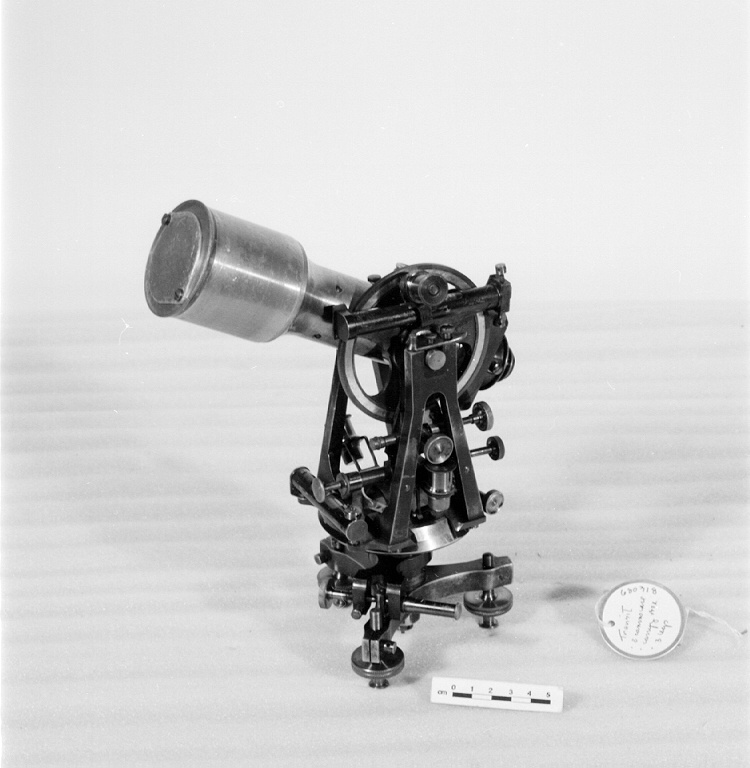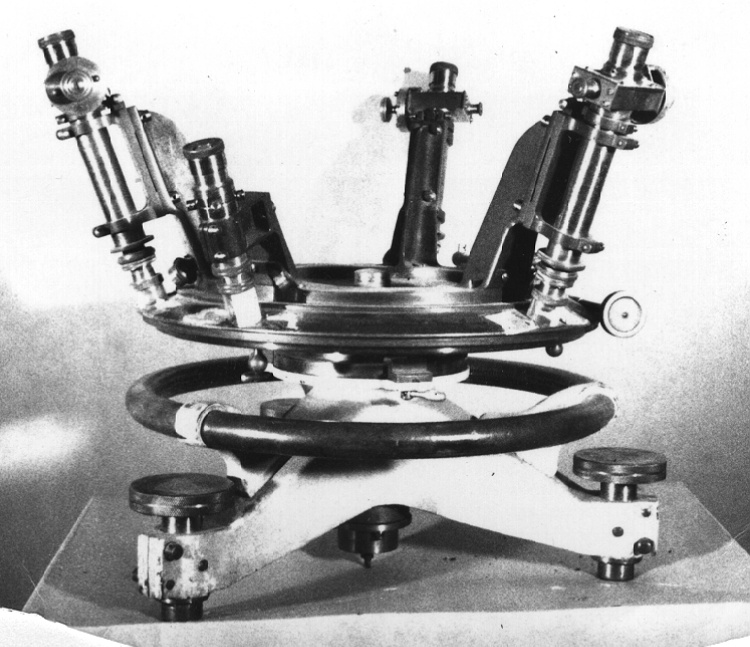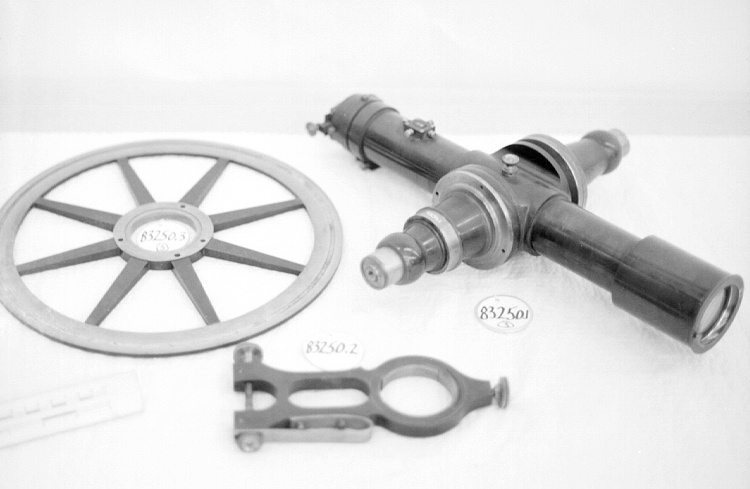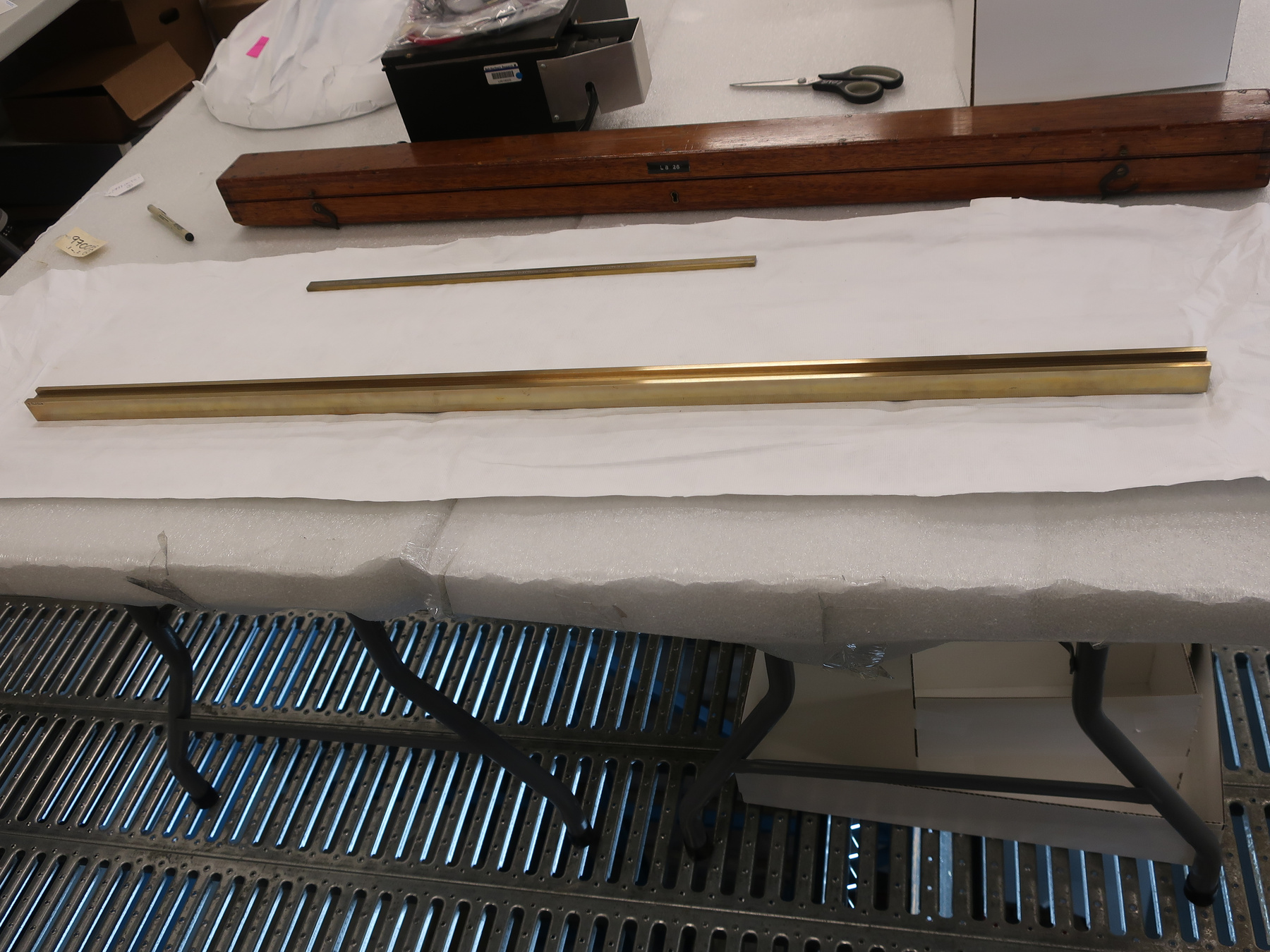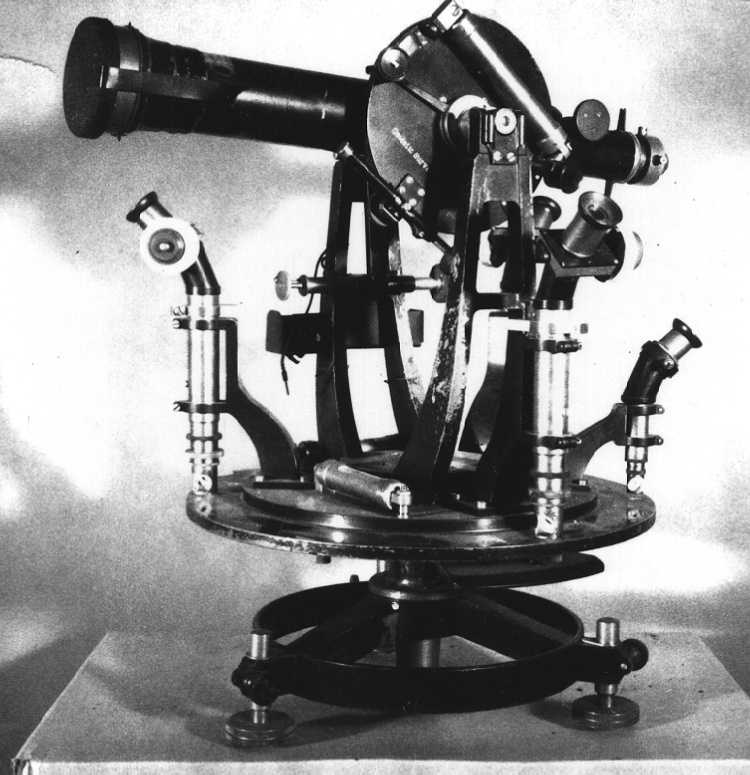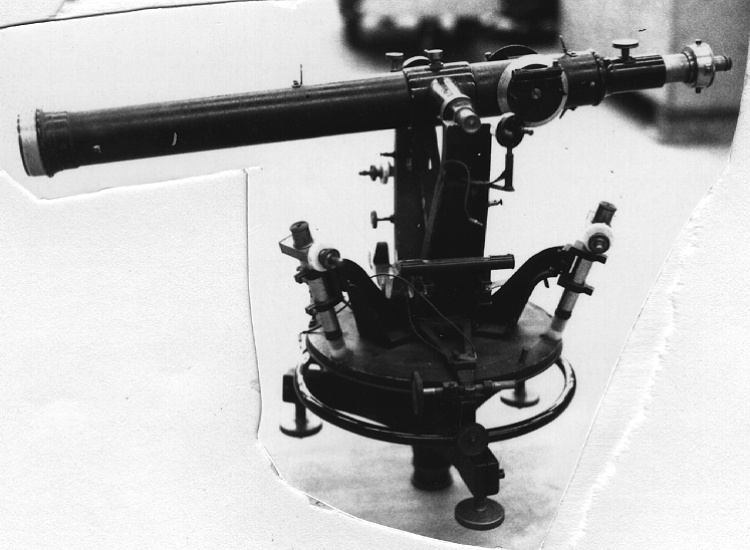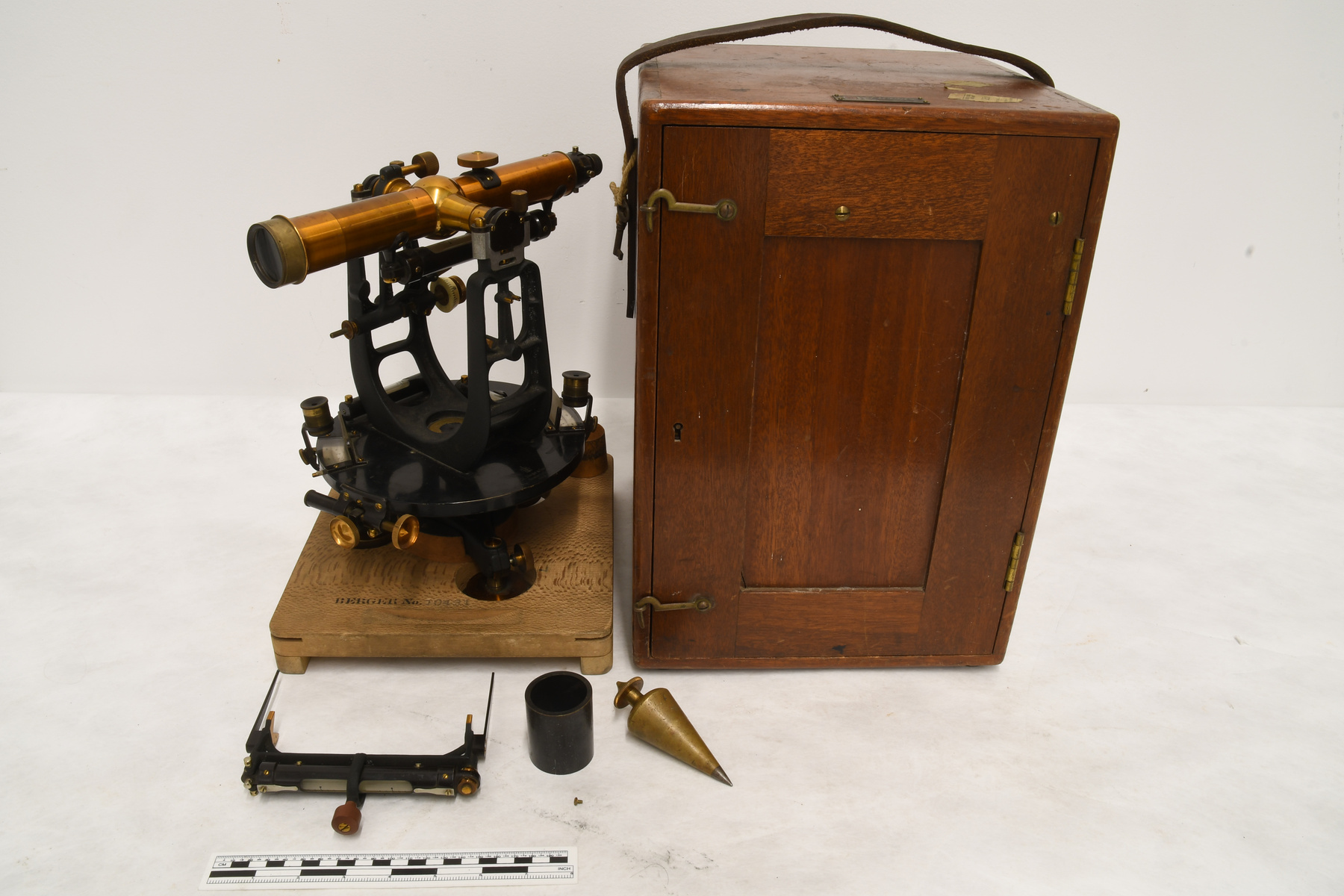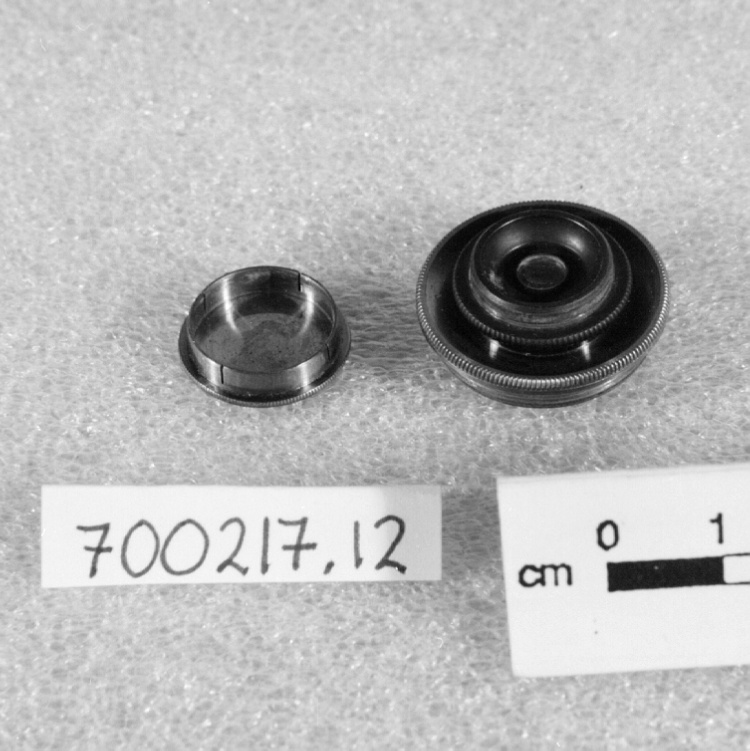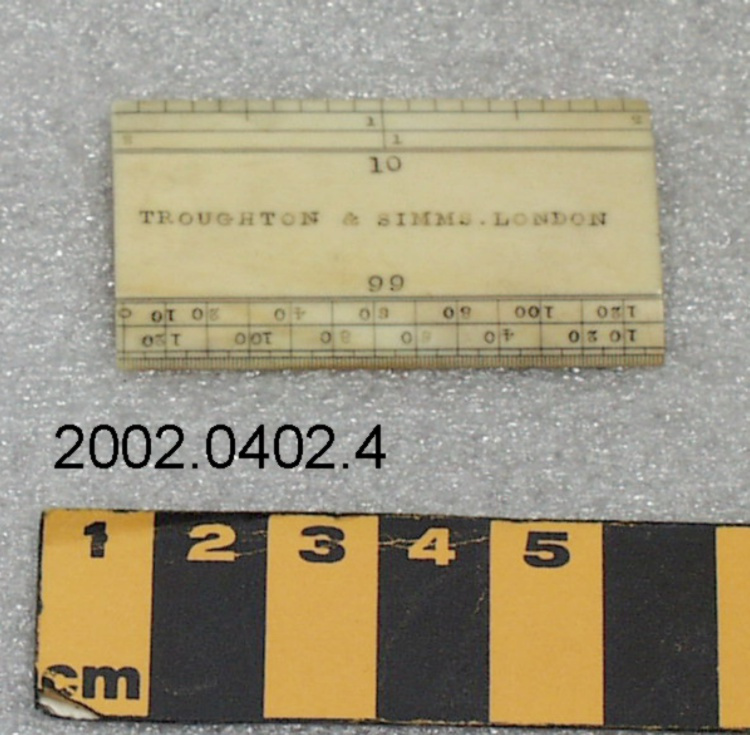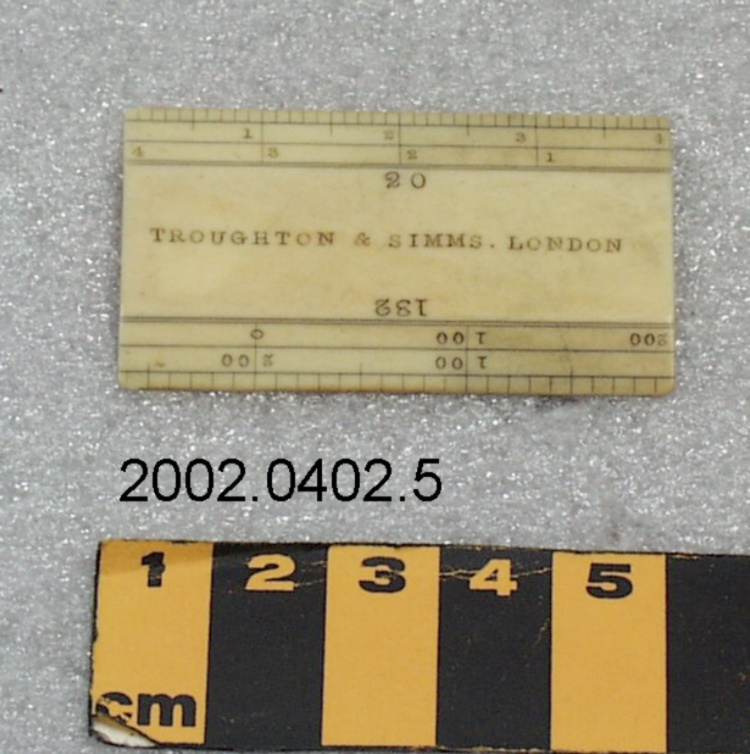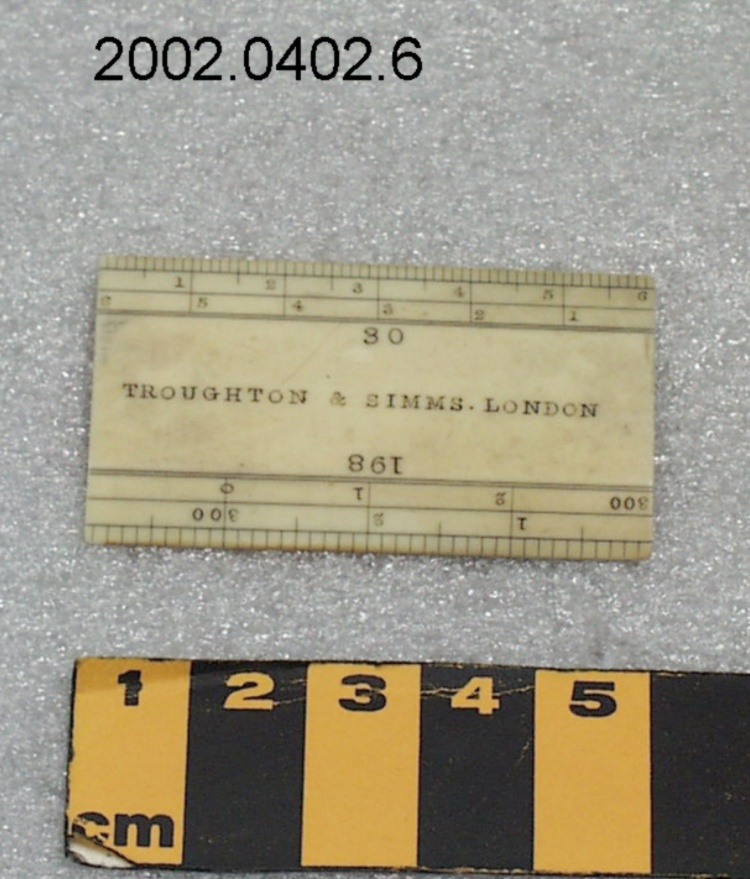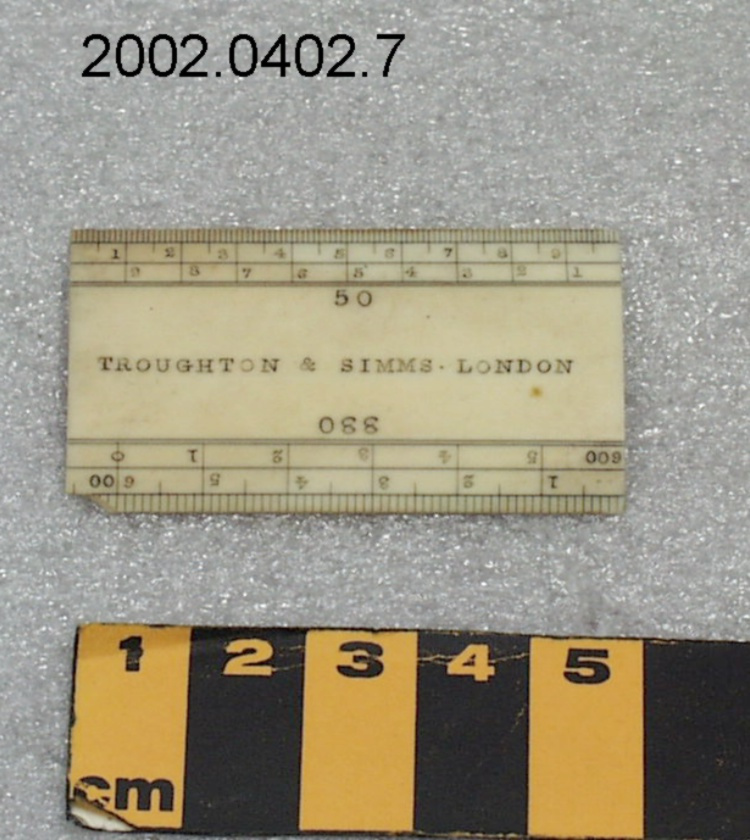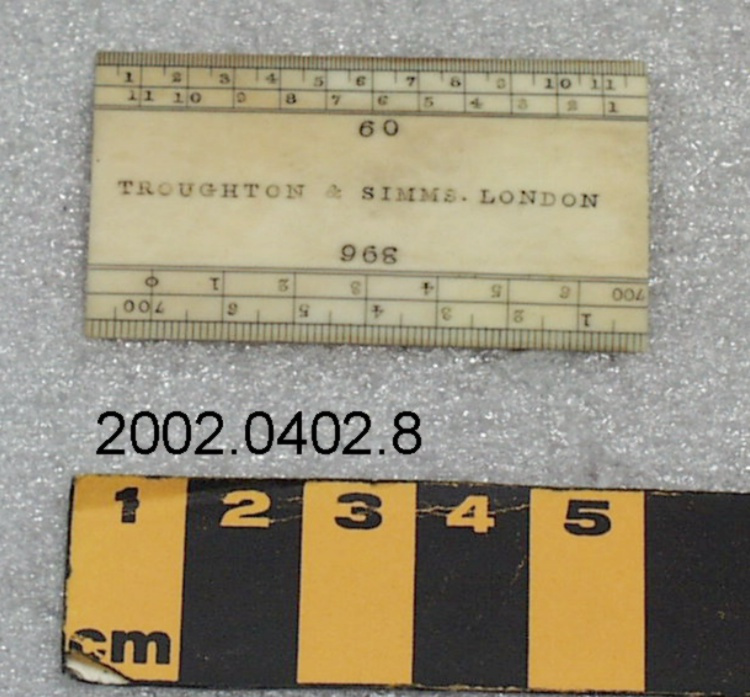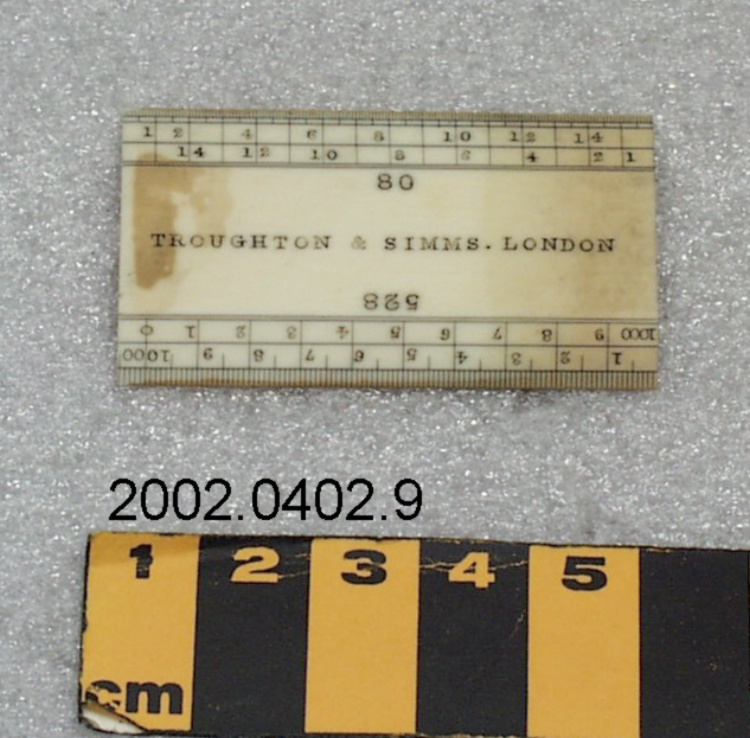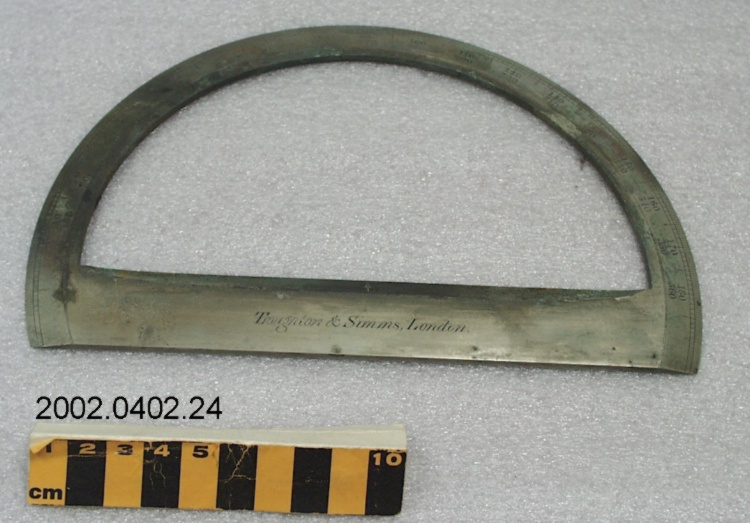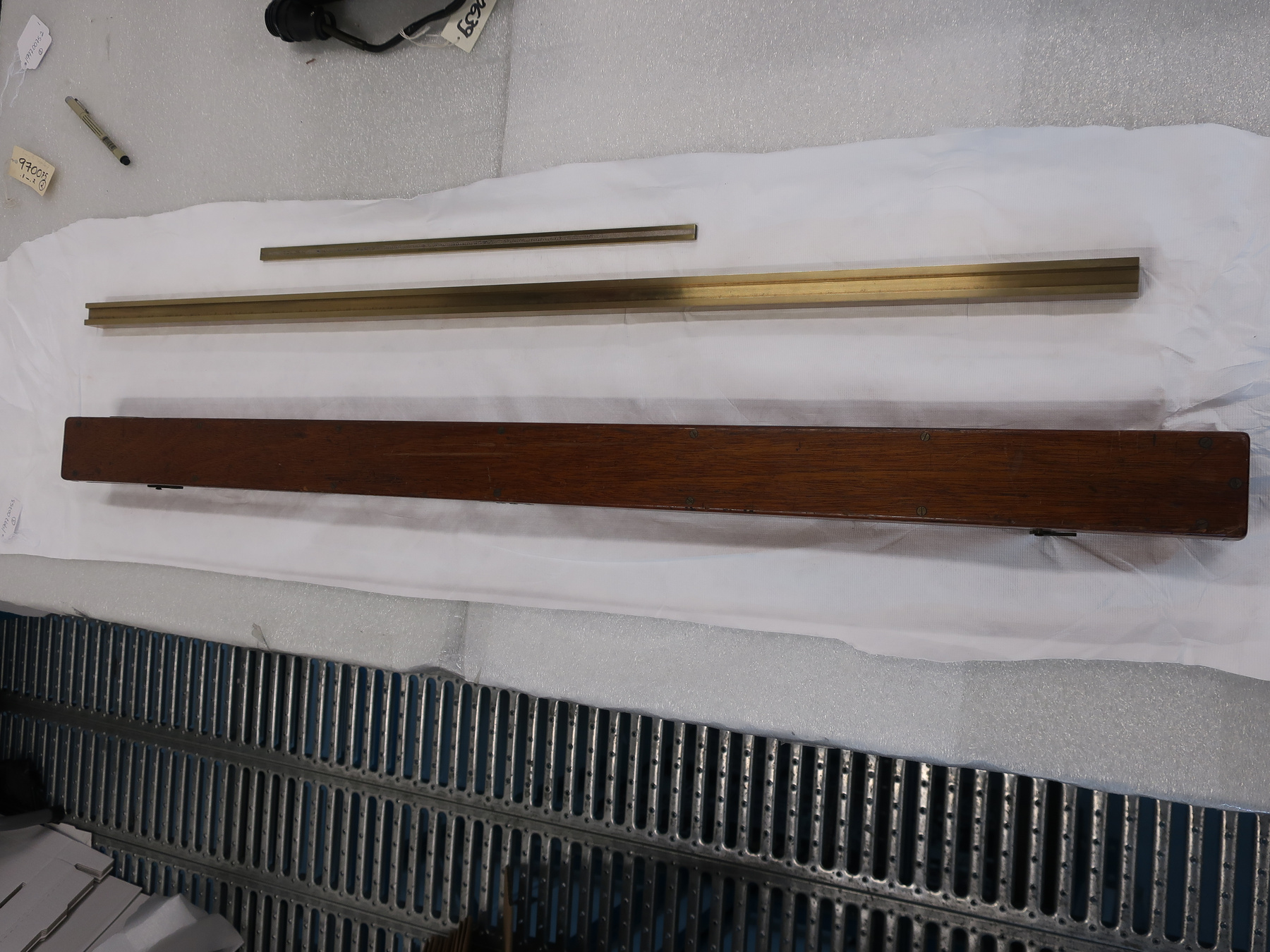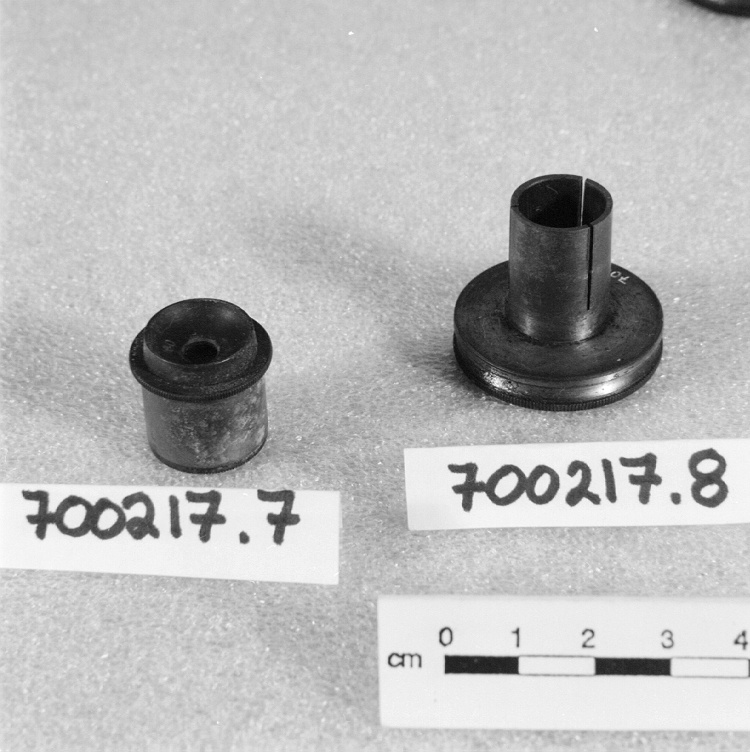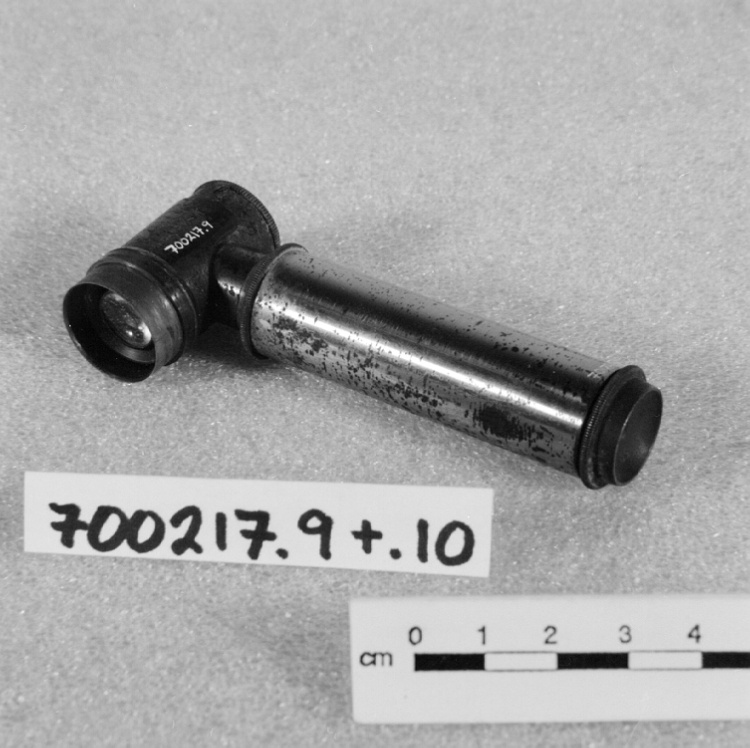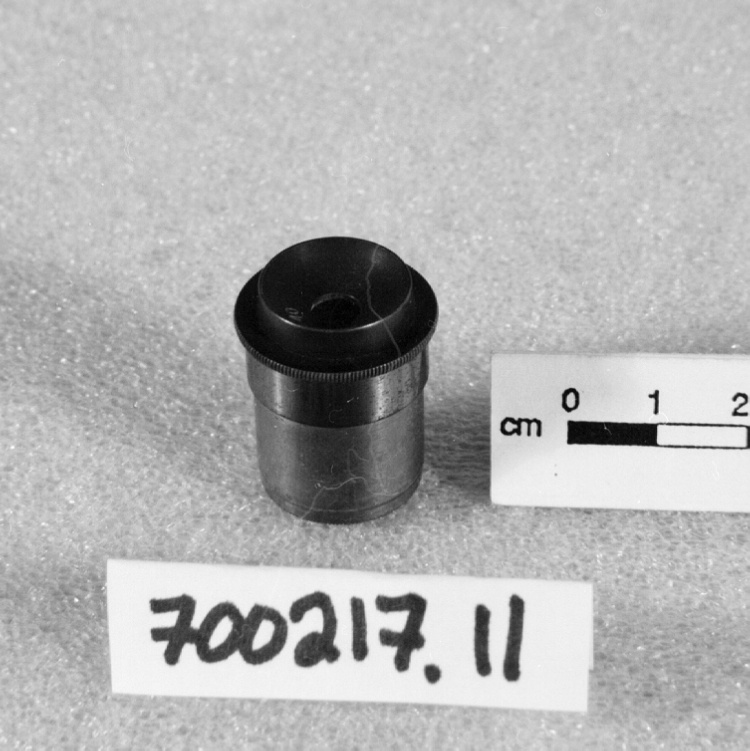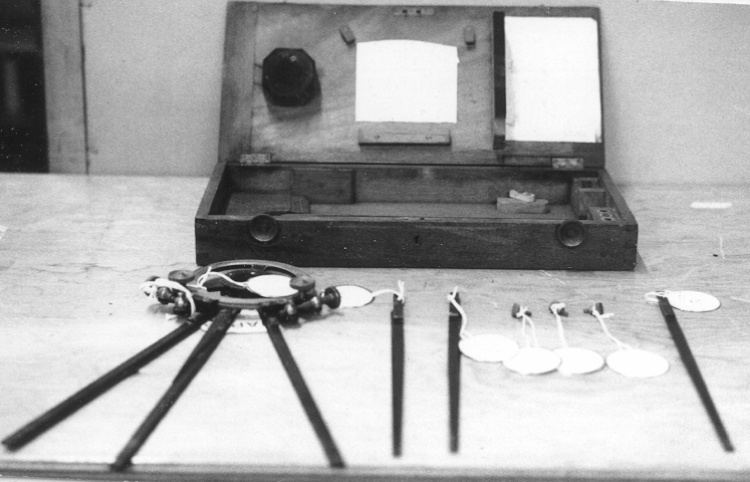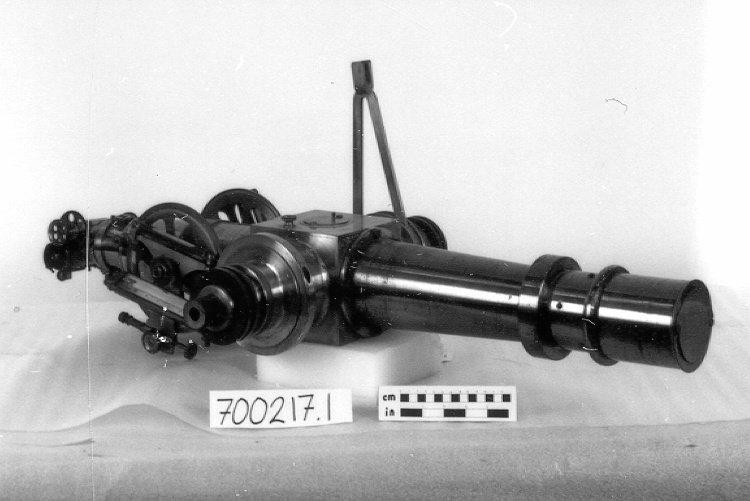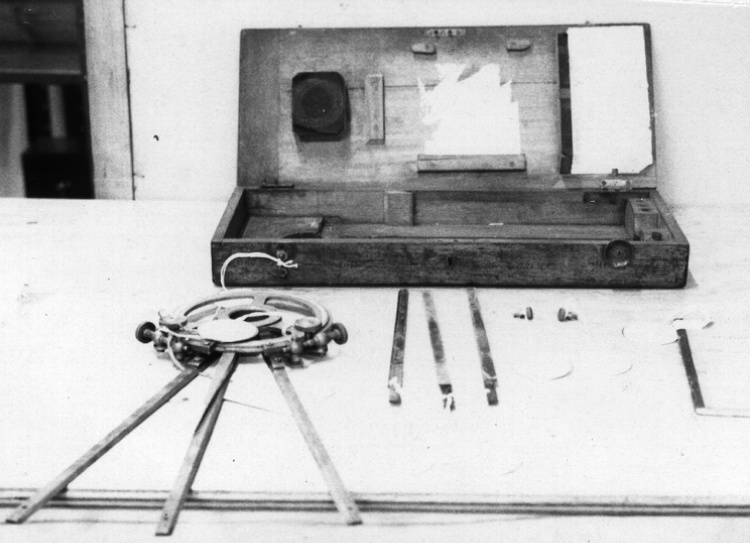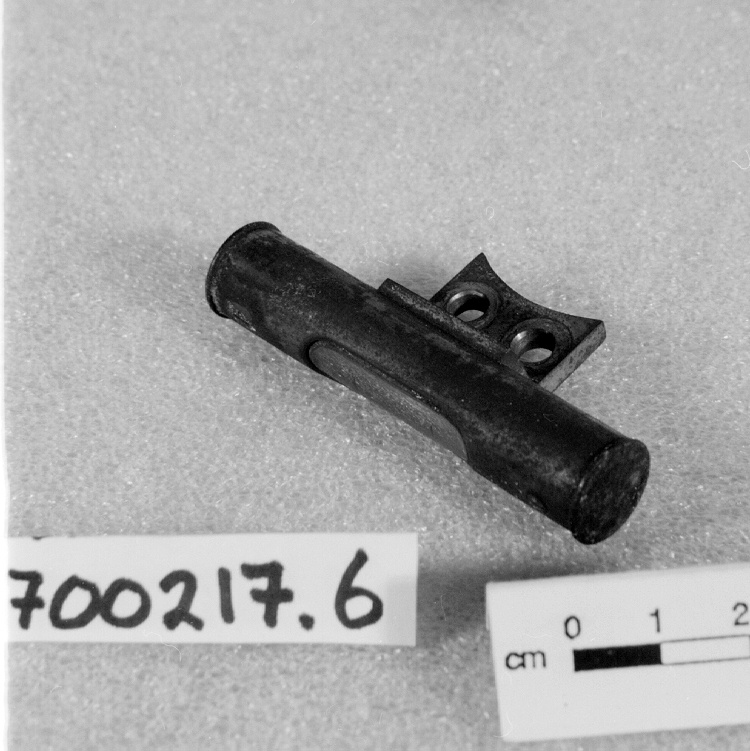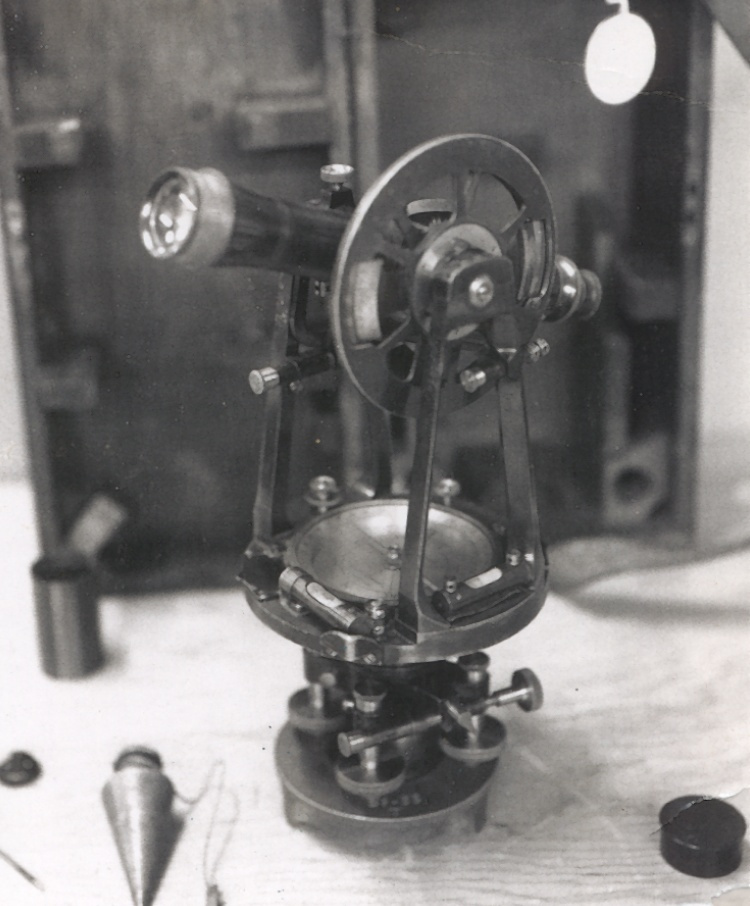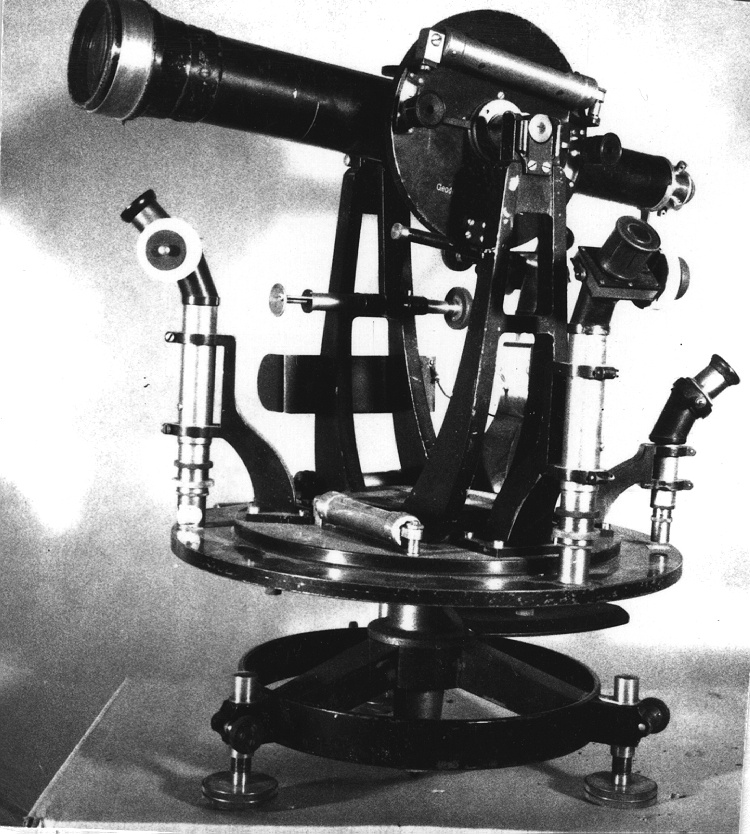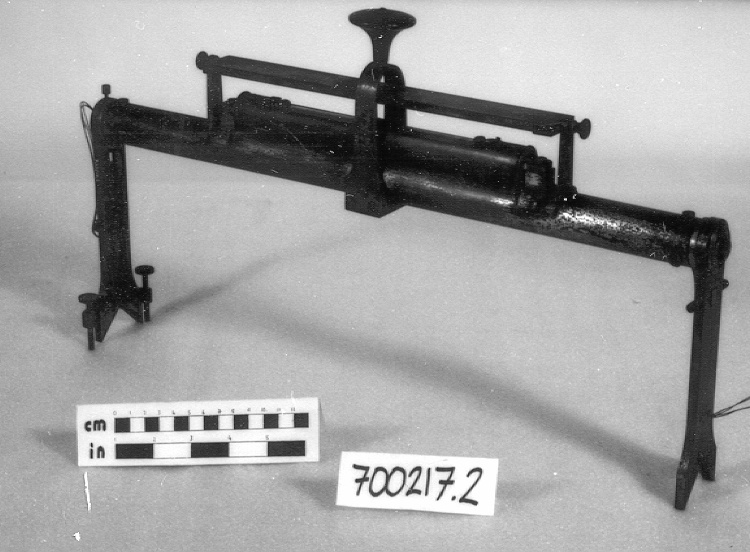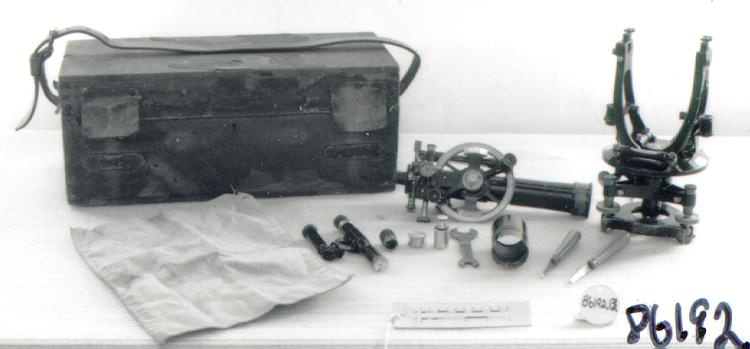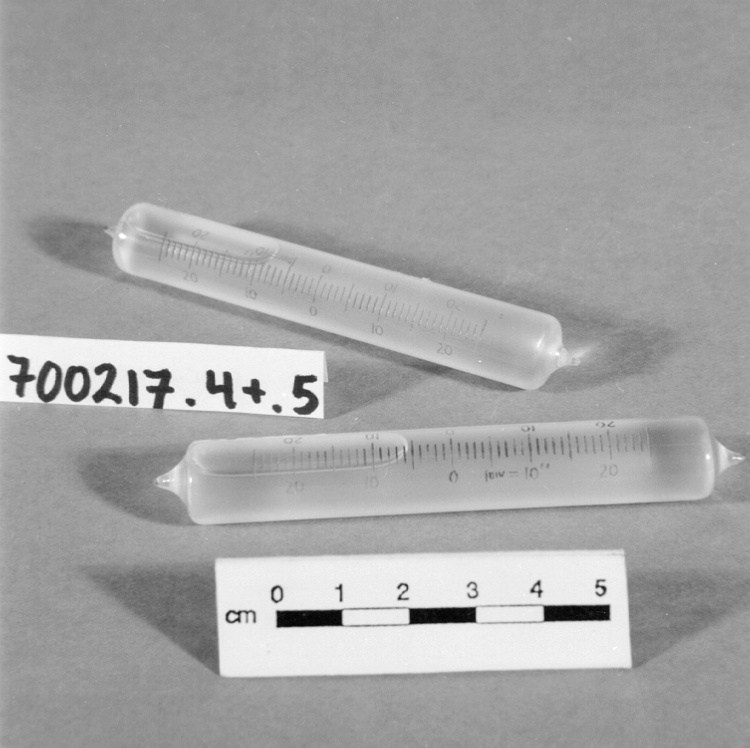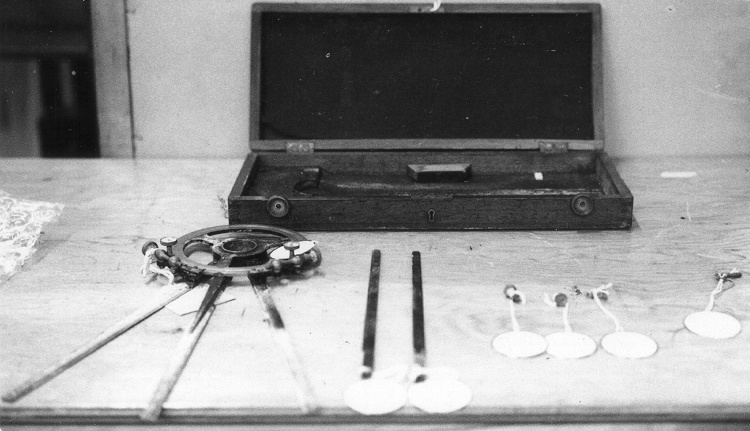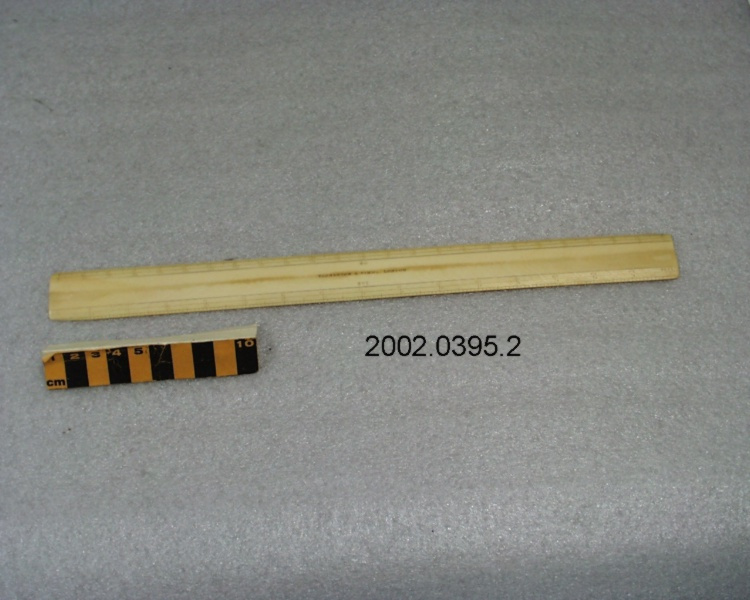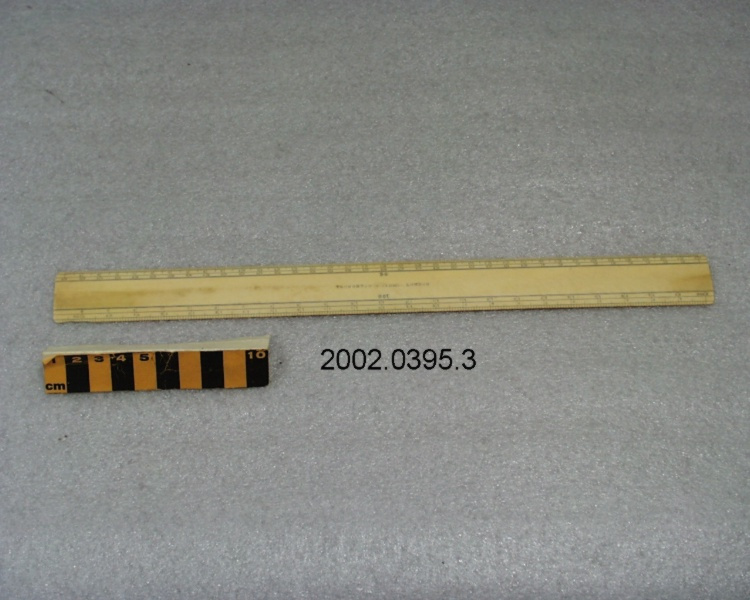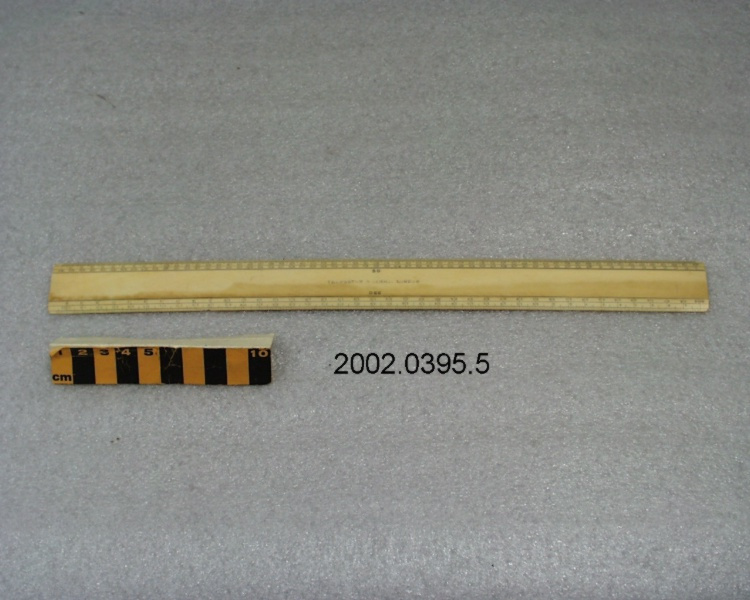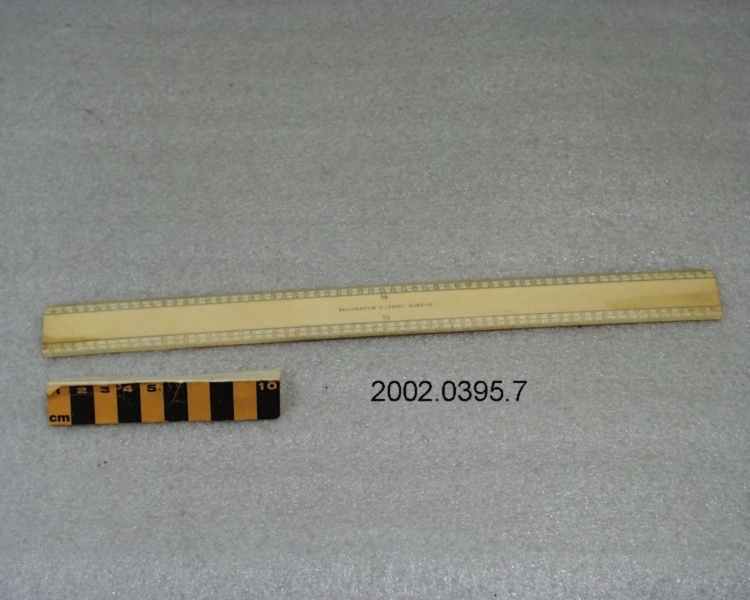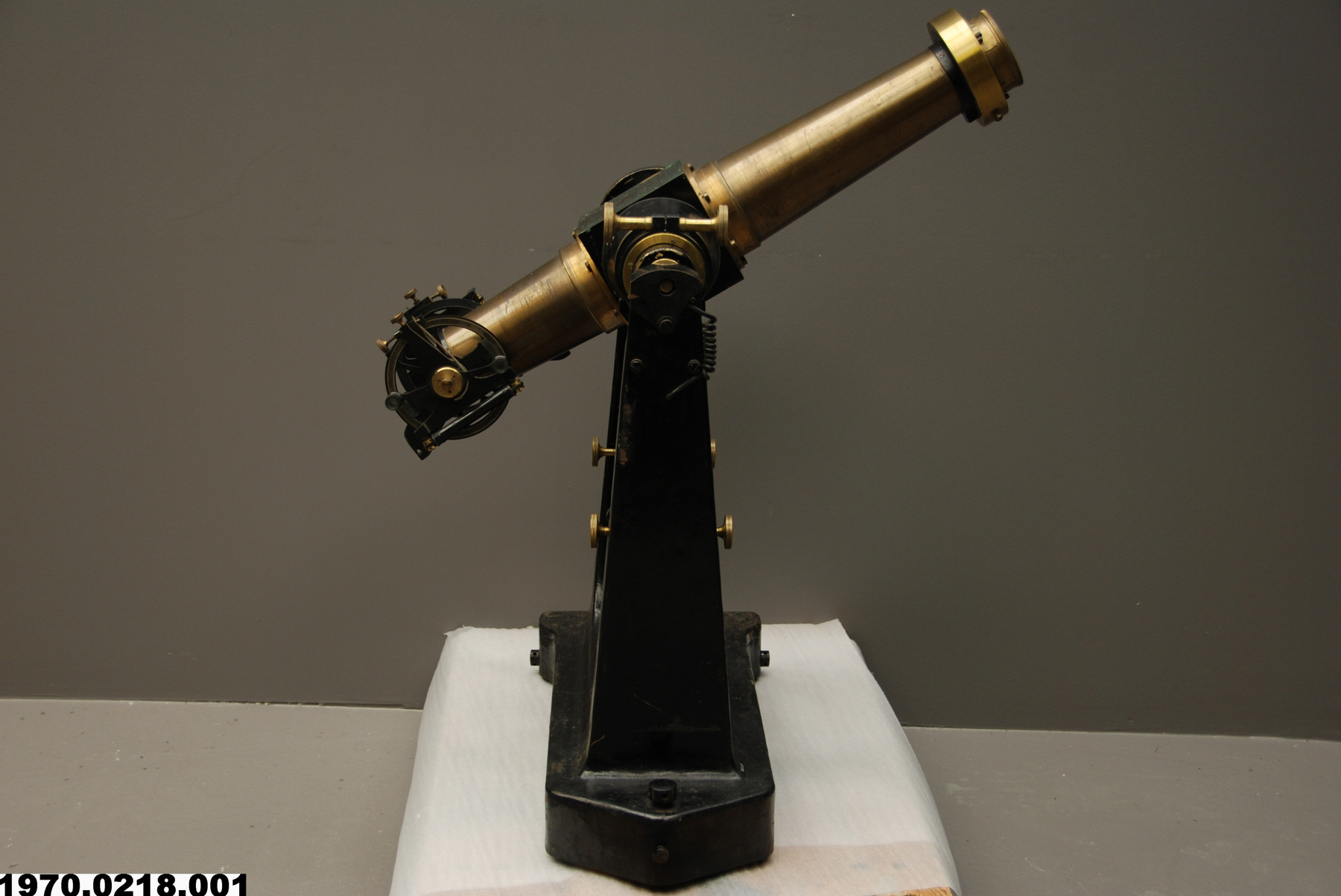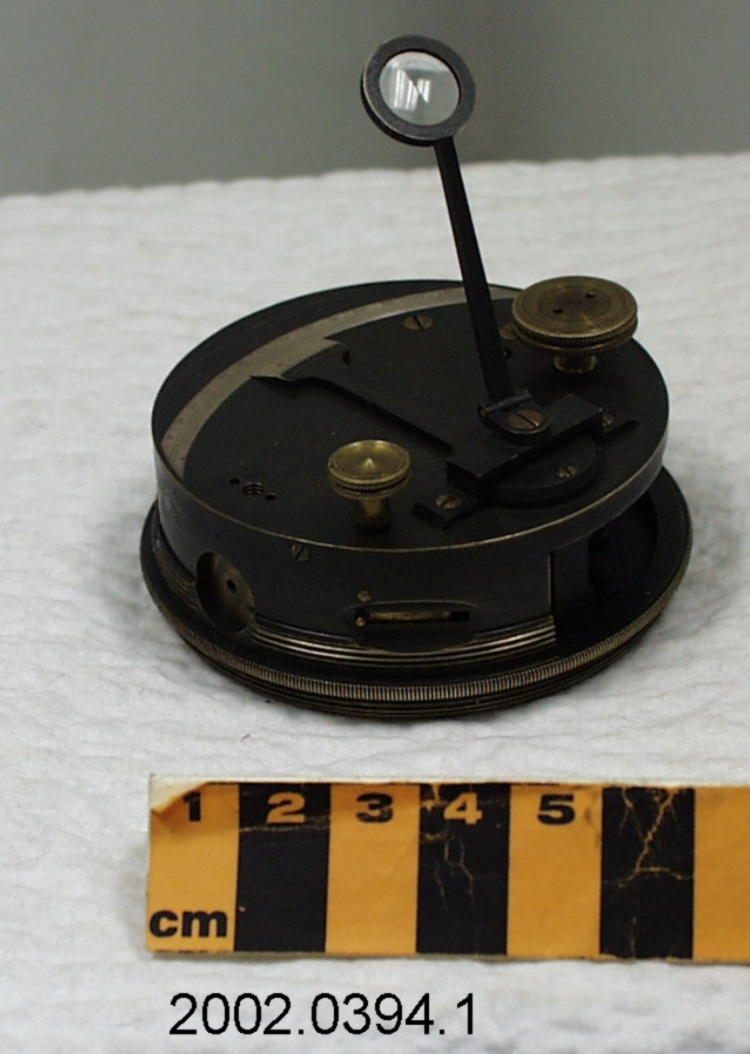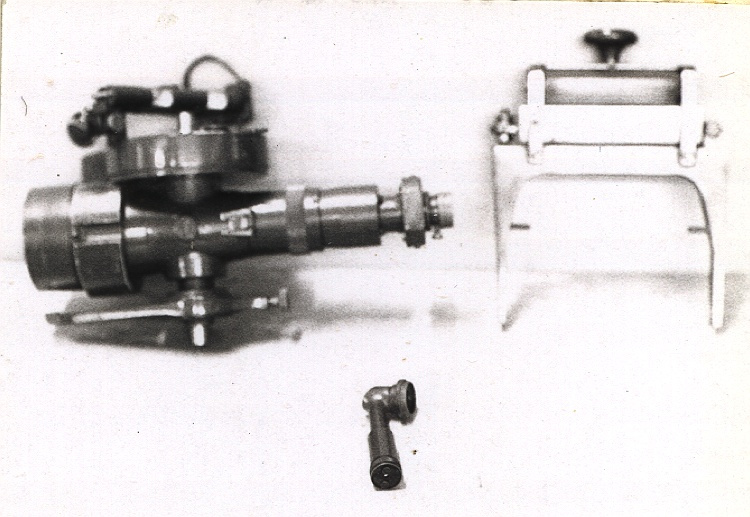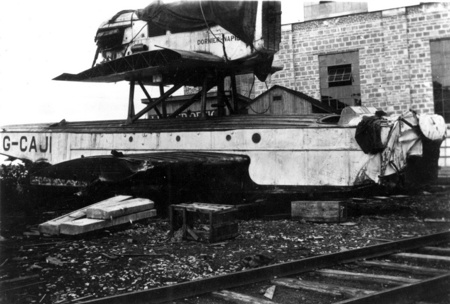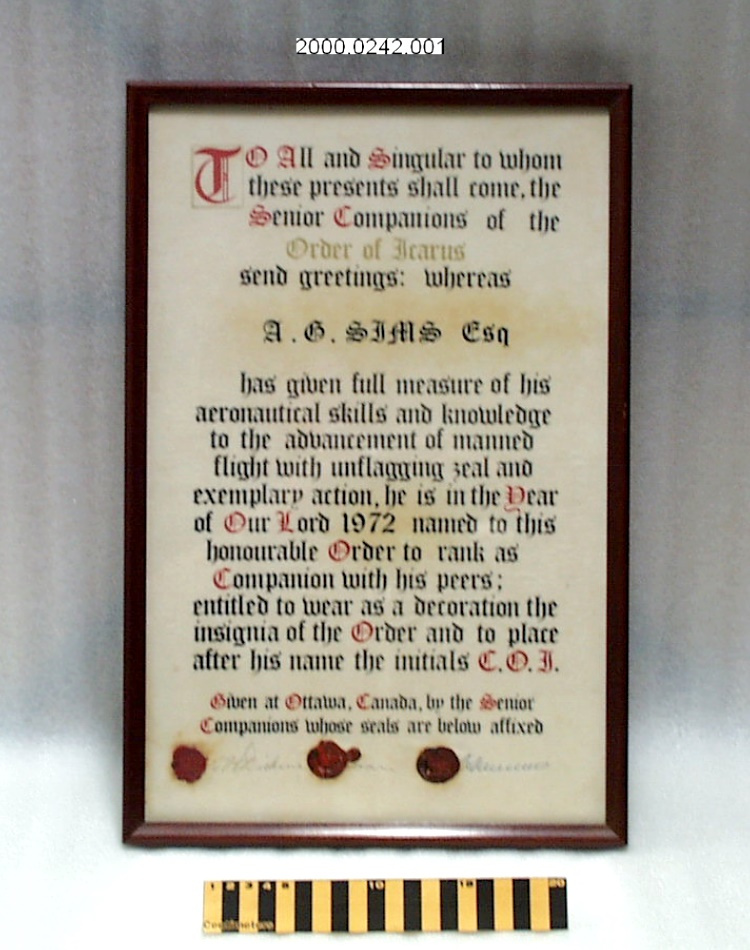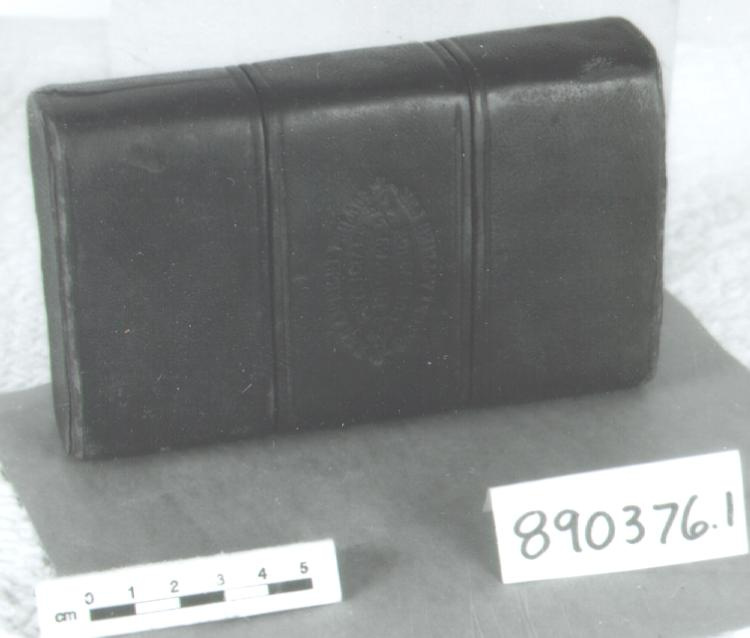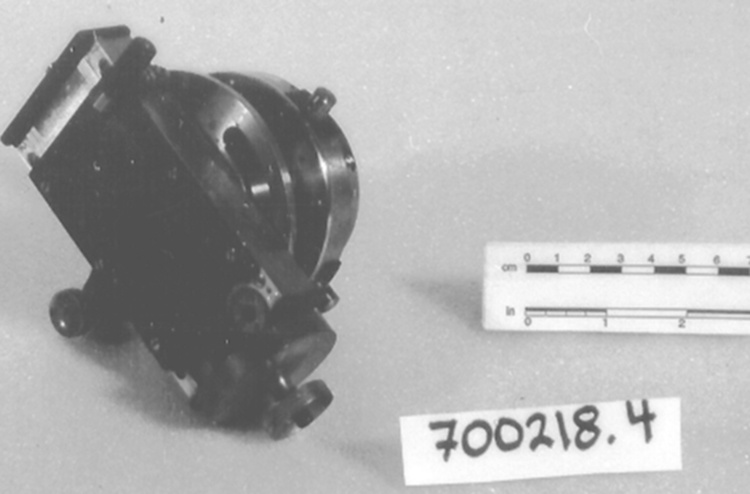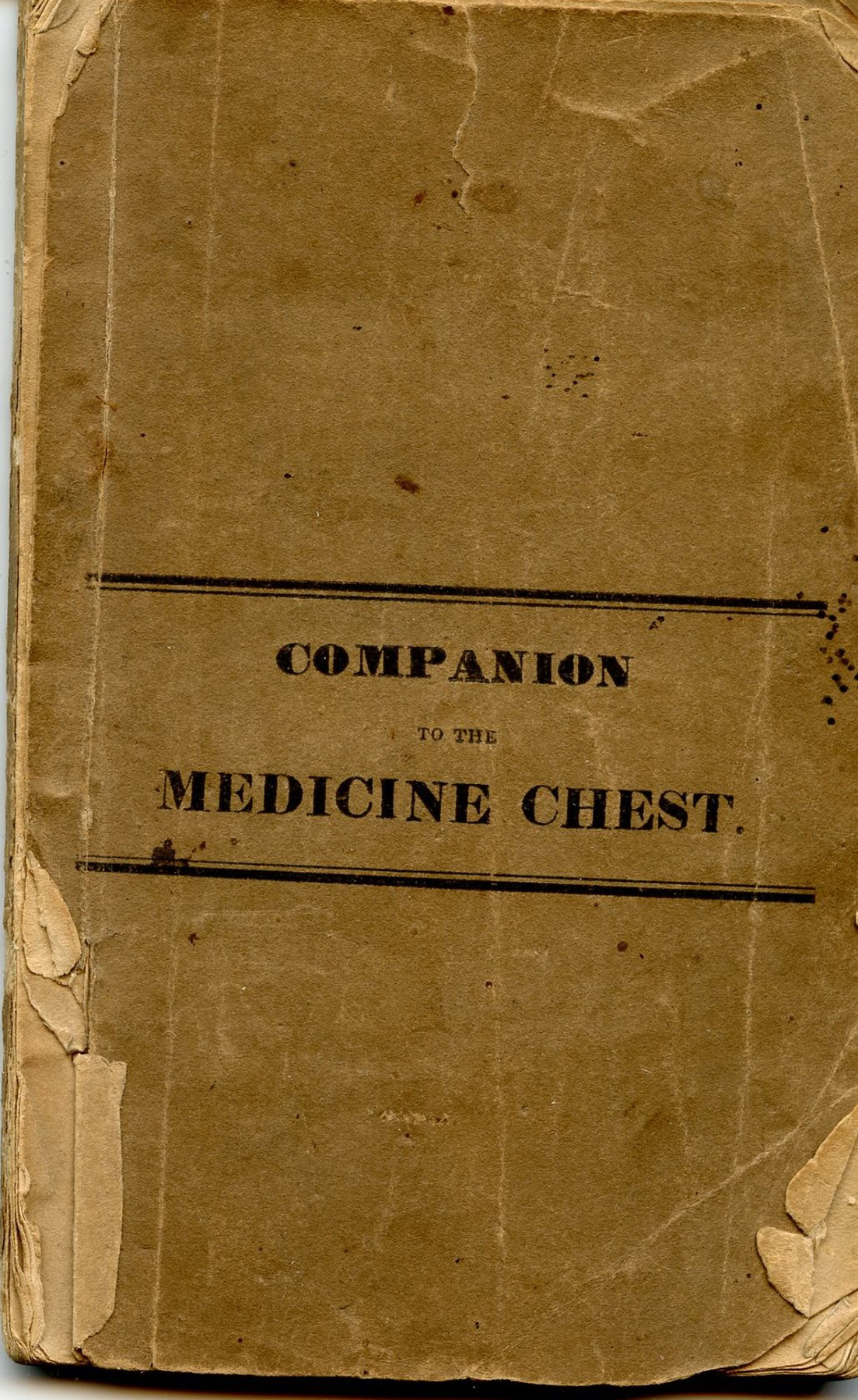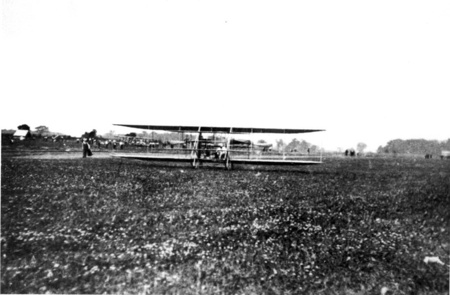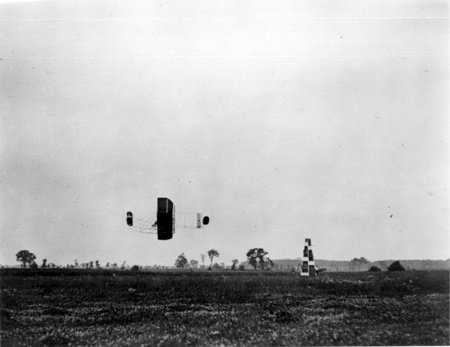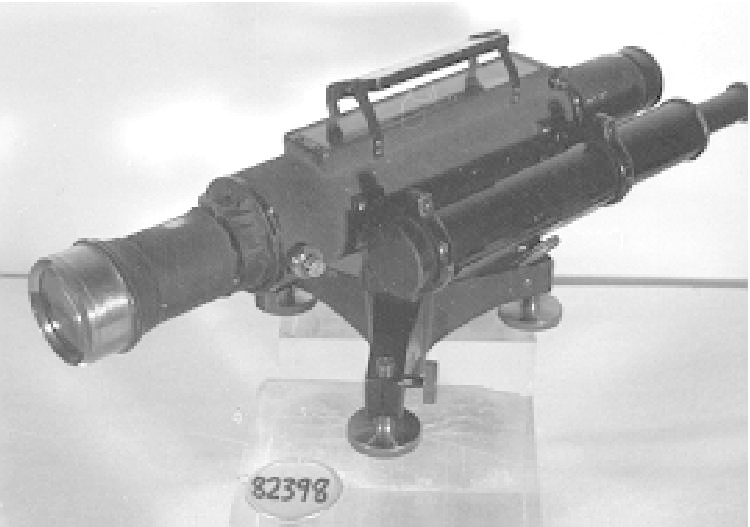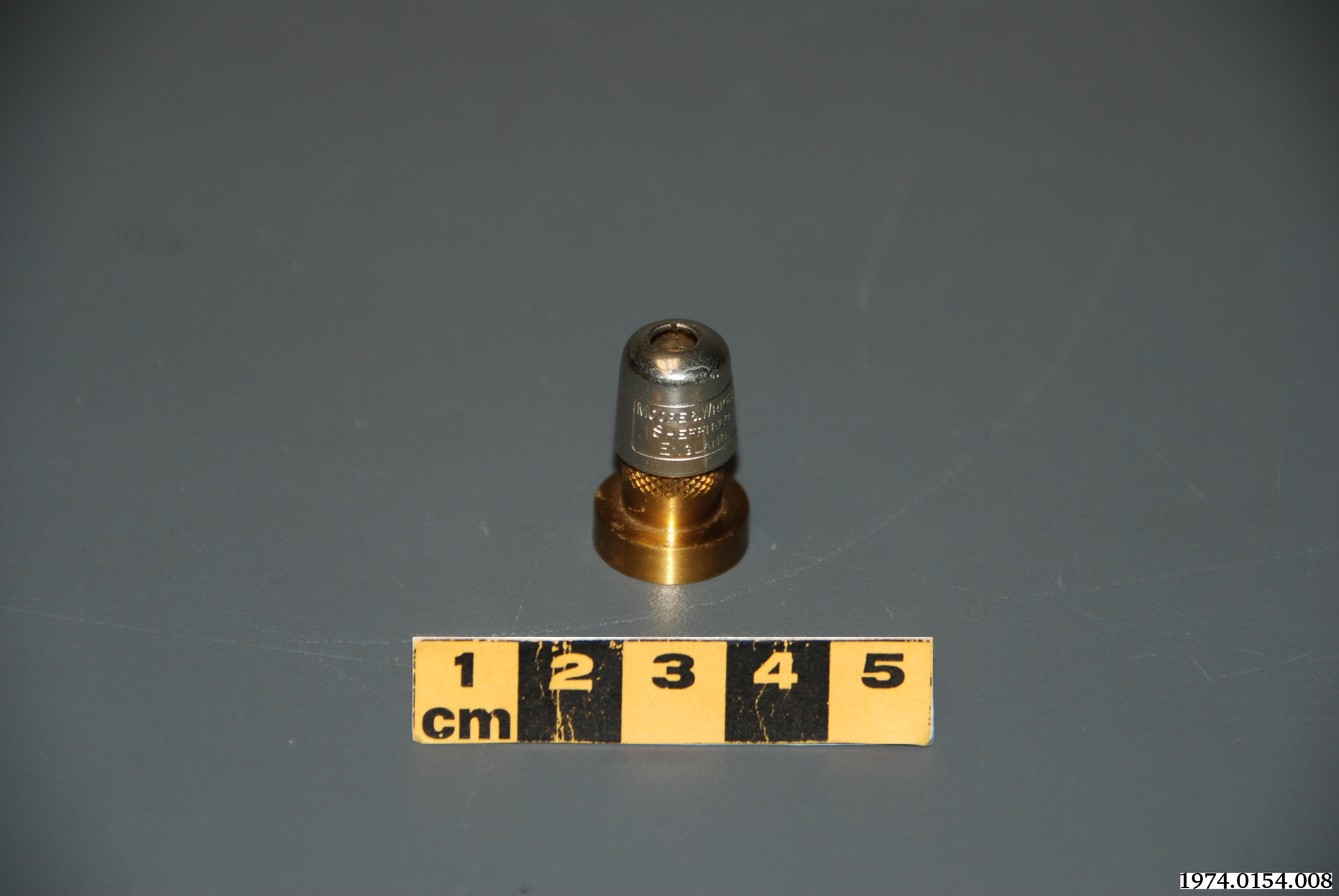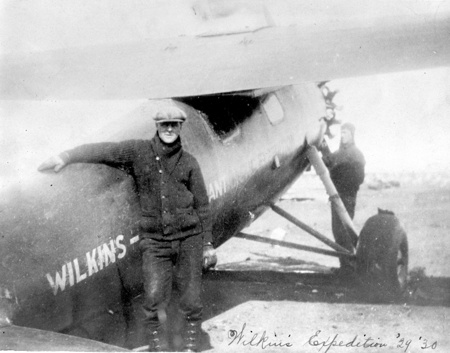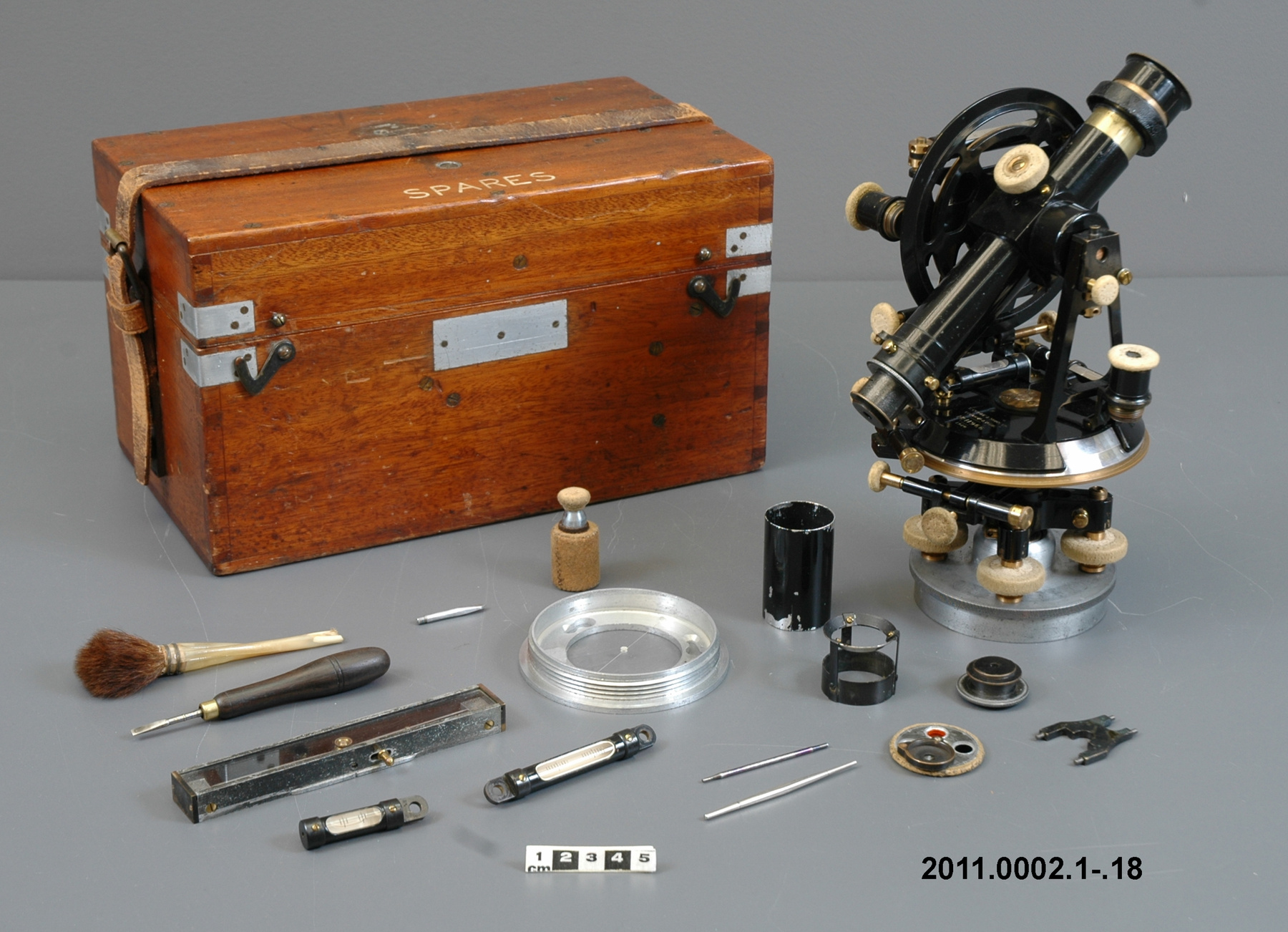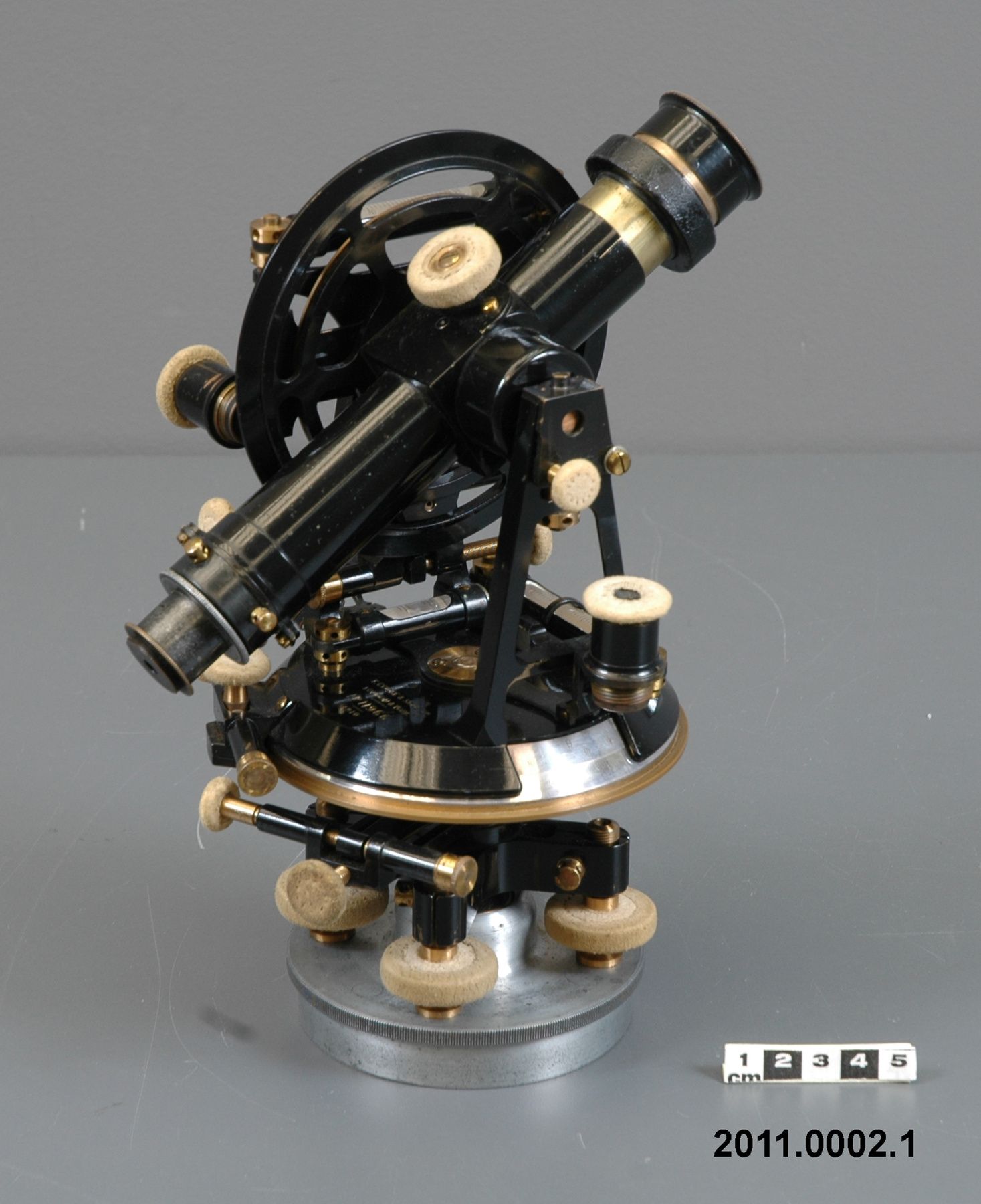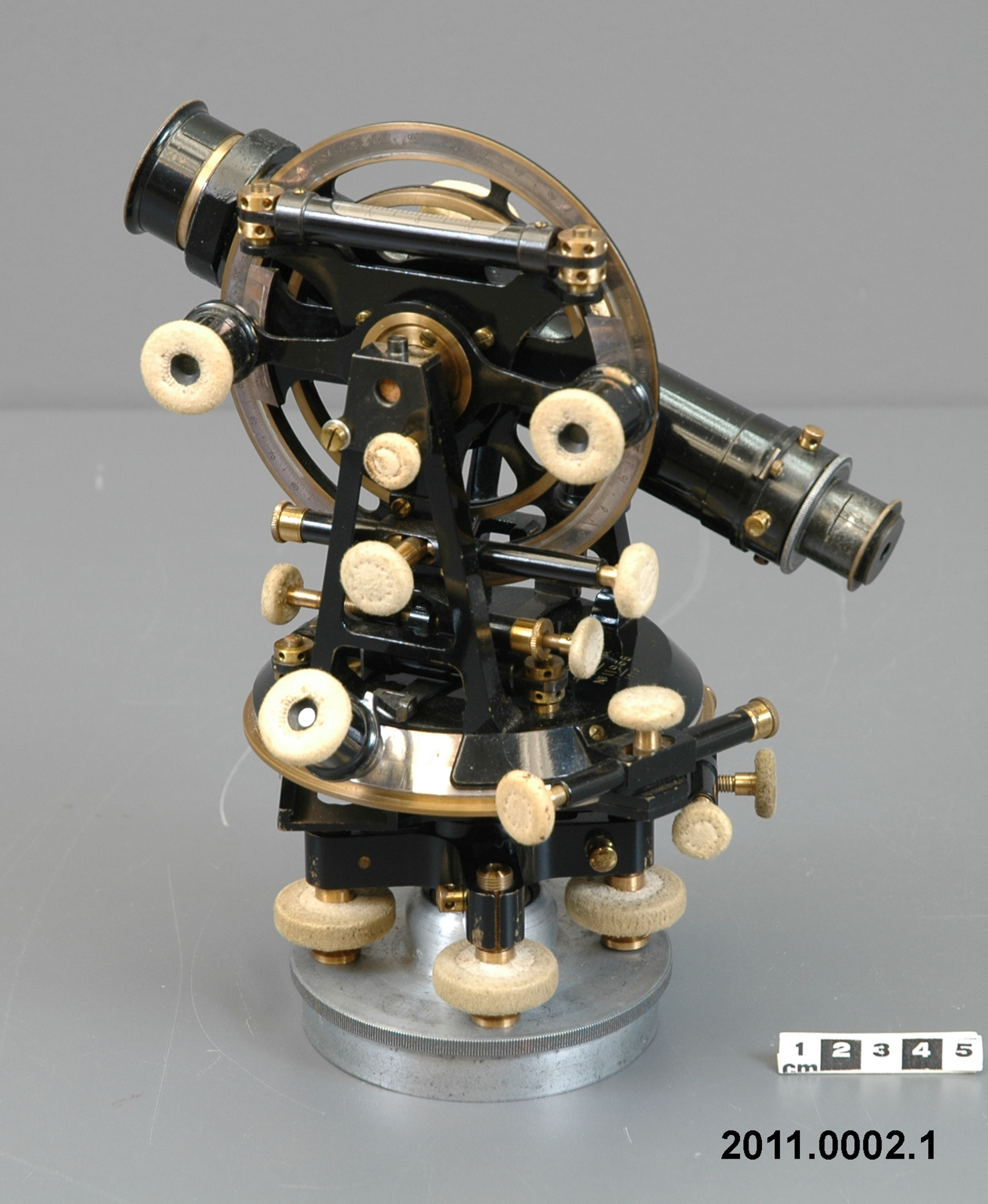Theodolite
Use this image
Can I reuse this image without permission? Yes
Object images on the Ingenium Collection’s portal have the following Creative Commons license:
Copyright Ingenium / CC BY-NC-ND (Attribution-NonCommercial 4.0 International (CC BY-NC 4.0)
ATTRIBUTE THIS IMAGE
Ingenium,
2011.0002.001
Permalink:
Ingenium is releasing this image under the Creative Commons licensing framework, and encourages downloading and reuse for non-commercial purposes. Please acknowledge Ingenium and cite the artifact number.
DOWNLOAD IMAGEPURCHASE THIS IMAGE
This image is free for non-commercial use.
For commercial use, please consult our Reproduction Fees and contact us to purchase the image.
- OBJECT TYPE
- portable/cold weather
- DATE
- 1910
- ARTIFACT NUMBER
- 2011.0002.001
- MANUFACTURER
- Cooke, T. & Sons Ltd.
- MODEL
- Unknown
- LOCATION
- London & York, England
More Information
General Information
- Serial #
- 11966
- Part Number
- 1
- Total Parts
- 19
- AKA
- N/A
- Patents
- N/A
- General Description
- Non-ferrous metal body, base, parts/ Glass spirit levels/ Chamois leather covers on controls and optical components
Dimensions
Note: These reflect the general size for storage and are not necessarily representative of the object's true dimensions.
- Length
- 19.0 cm
- Width
- 15.0 cm
- Height
- N/A
- Thickness
- 24.2 cm
- Weight
- N/A
- Diameter
- N/A
- Volume
- N/A
Lexicon
- Group
- Exploration and Survey
- Category
- Expedition artifacts
- Sub-Category
- N/A
Manufacturer
- AKA
- Cooke
- Country
- England
- State/Province
- Unknown
- City
- London & York
Context
- Country
- Antarctica
- State/Province
- Unknown
- Period
- circa 1910 +
- Canada
-
An instrument that was acquired for the Scott Antarctic Expedition of 1910-1913 and subsequently assigned to one of the expedition members, Canadian Charles Seymour (Silas) Wright. The ill-fated British Antarctic Expedition (aka the Terra Nova Expedition) was under the leadership of Captain. Robert Scott and, because the Scott team was beaten to the South Pole by Norwegian Roald Amundsen, and because of Scott and his fellow travelers' subsequent deaths on the way back to the base camp, the expedition is very well known. Charles Seymour (Silas) Wright (1887/04/07 -1975/11/01) was the only Canadian member of the Scott expedition. He was studying for his PhD in physics at Cambridge and delayed his studies to join the expedition and served as the physicist and glaciologist. He was a member of the ill-fated expedition that set out for the South Pole on November 1911 but was one of the support group sent back to the base camp by Scott on December 23. Scott and three companions made it to the South Pole only a month after Norwegian, Roald Amundsen. The story of that race is one of the most widely known stories in polar exploration. Amundsen has a strong link to Canada as he headed the first ever successful journey through the Northwest Passage. Wright's role in Scott's Antarctic expedition was as a physicist and glaciologist and, he ultimately received lasting recognition by spotting the tent where the bodies of the Scott and two of his companions were found. Wright went on to have a distinguished scientific and military career as outlined in the Canadian Encyclopedia (See Acquisition Proposal). Although Canada has not been directly involved in Antarctic exploration as a nation, there has been a natural and strong link between Arctic and Antarctic exploration especially in the early to mid-20th century. Exploration of Canada's north included the following early expeditions: Otto Sverdrup (1898-1902) on the famous ship the Fram which also carried Roald Amundsen to the Antarctic for his successful trek to the South Pole; Roald Amundsen`s first circumnavigation of the Northwest Passage (1903-1906); Captain. Robert E. Peary (1906); Frederick A. Cook (1908); Vilhjalmur Stefansson (1916); and Hans Krüger (1930)- an unsuccessful venture leading to the death of the three explorers [Krüger was a geologist whose theodolite and other artifacts were discovered in 1999 on Axel Heiberg Island]. - Function
-
An instrument used in surveying to measure vertical and horizontal angles, equipped with leather wrappings on the eyepieces and controls for use in extreme cold, to protect the skin on the user from flash-freezing - Technical
-
The Cooke theodolite was one of six ordered by Scott and four of the others are preserved in significant UK collections, thereby illustrating their significance to the history of polar research. This was the one assigned to Wright. The serial number of the theodolite is consistent with tables of production numbers for the Cooke company and indicates the object was made prior to the Terra Nova's departure from Cardiff, Wales 1910/07/15. The University of York Archives (Archivist Alison Brech) verified from the holdings of Vicker Instruments (the successor of Thomas Cooke & Sons, then Cooke, Troughton and Simms) that the serial number is in the order books of Thomas Cooke & Son and that the theodolite, with five others (numbered consecutively 11961-11966), was ordered by Scott on 1910/05/28. Hence the association is firmly established. [See the photocopy of an invoice to Captain Scott for six four inch theodolites dated May 5, 1910 in Supp. Info.] According to Christie's catalogue entry for this item, the six theodolites used on the Scott expedition were specially adapted for use in the Antarctic being made of a lighter alloy with leather covers on the knobs to prevent flesh from freezing to the metal. A card found in the case indicates that the theodolite was repaired and adjusted by Cooke, Troughton and Simms Ltd. of York, England, in June, 1947. - Area Notes
-
Unknown
Details
- Markings
- Incised gold lettering reads 'T. COOKE & SONS LTD./ LONDON & YORK./ No. 11966/ 1910'
- Missing
- Unknown
- Finish
- Glossy black painted body and parts/ Brass coloured parts/ Off-white covers/ Colourless transparent and white glass/ Metallic base
- Decoration
- N/A
CITE THIS OBJECT
If you choose to share our information about this collection object, please cite:
Cooke, T. & Sons Ltd., Theodolite, 1910, Artifact no. 2011.0002, Ingenium – Canada’s Museums of Science and Innovation, http://collections.ingeniumcanada.org/en/id/2011.0002.001/
FEEDBACK
Submit a question or comment about this artifact.
More Like This
